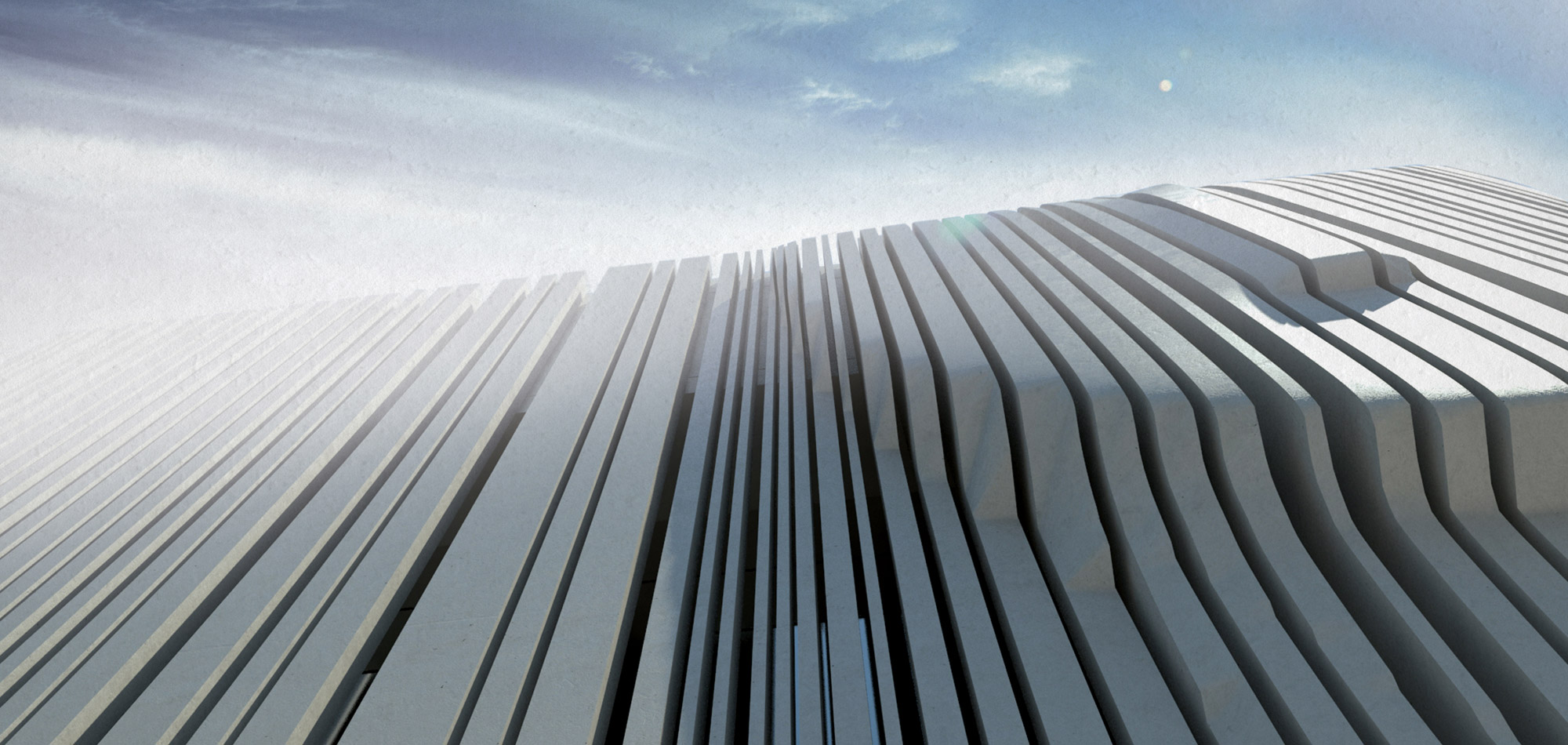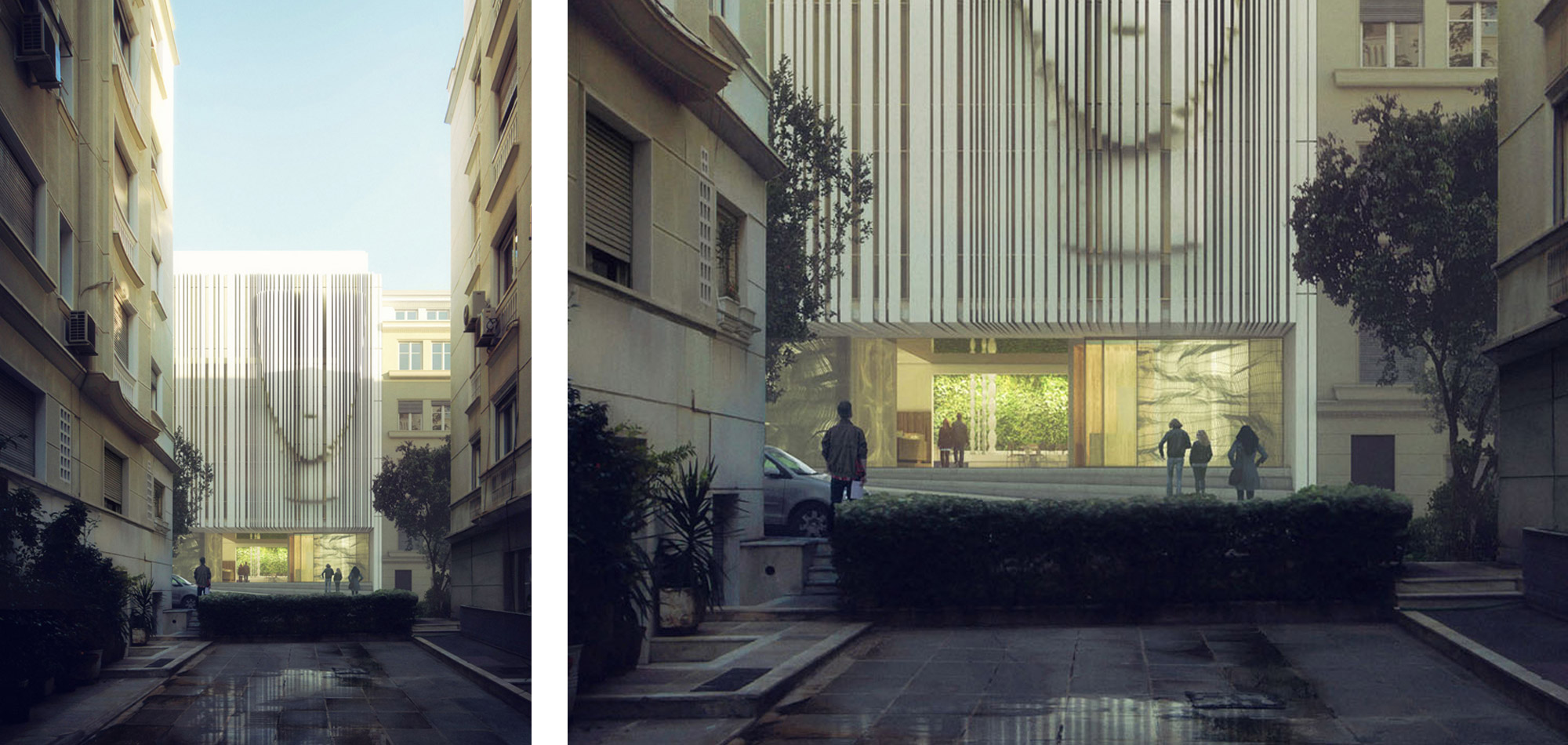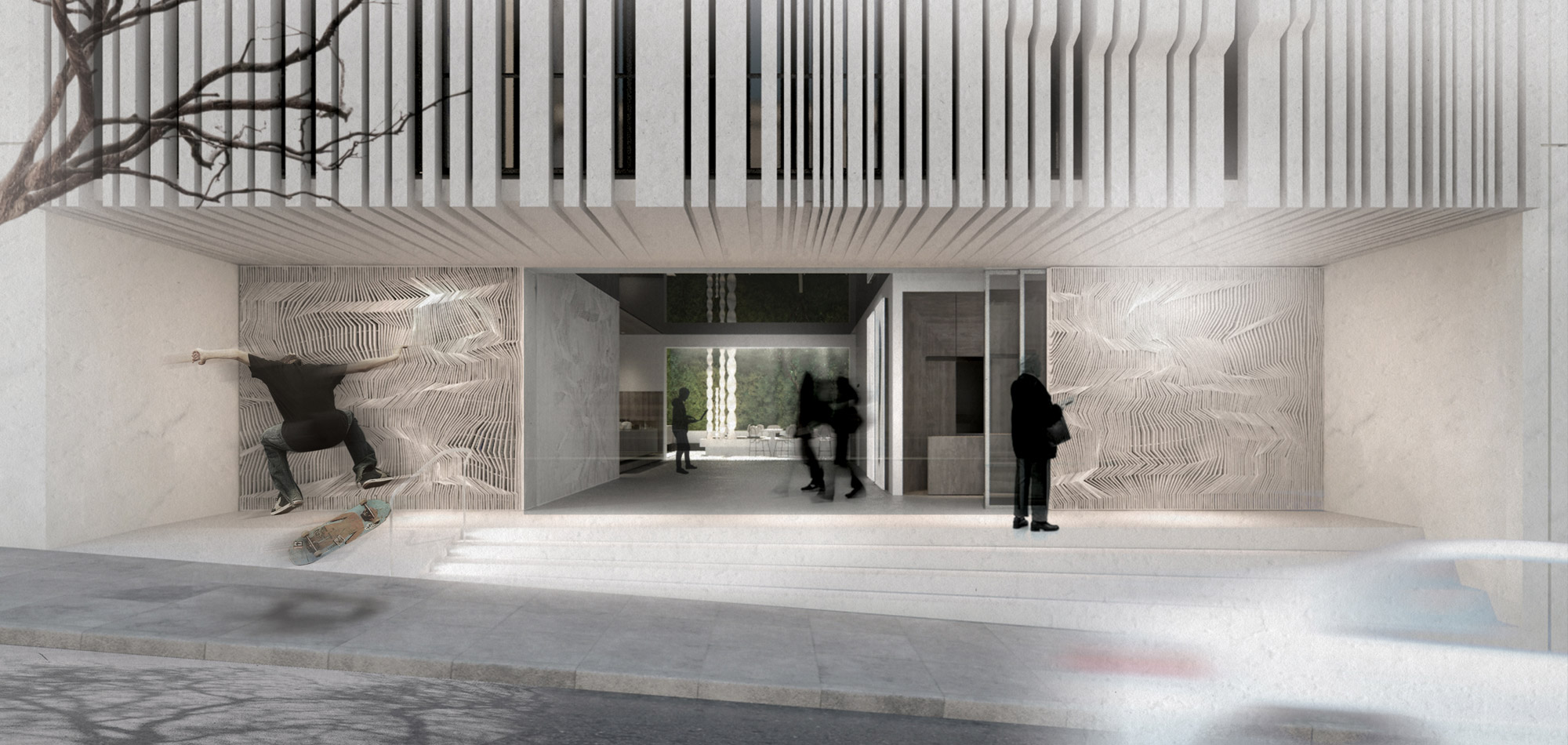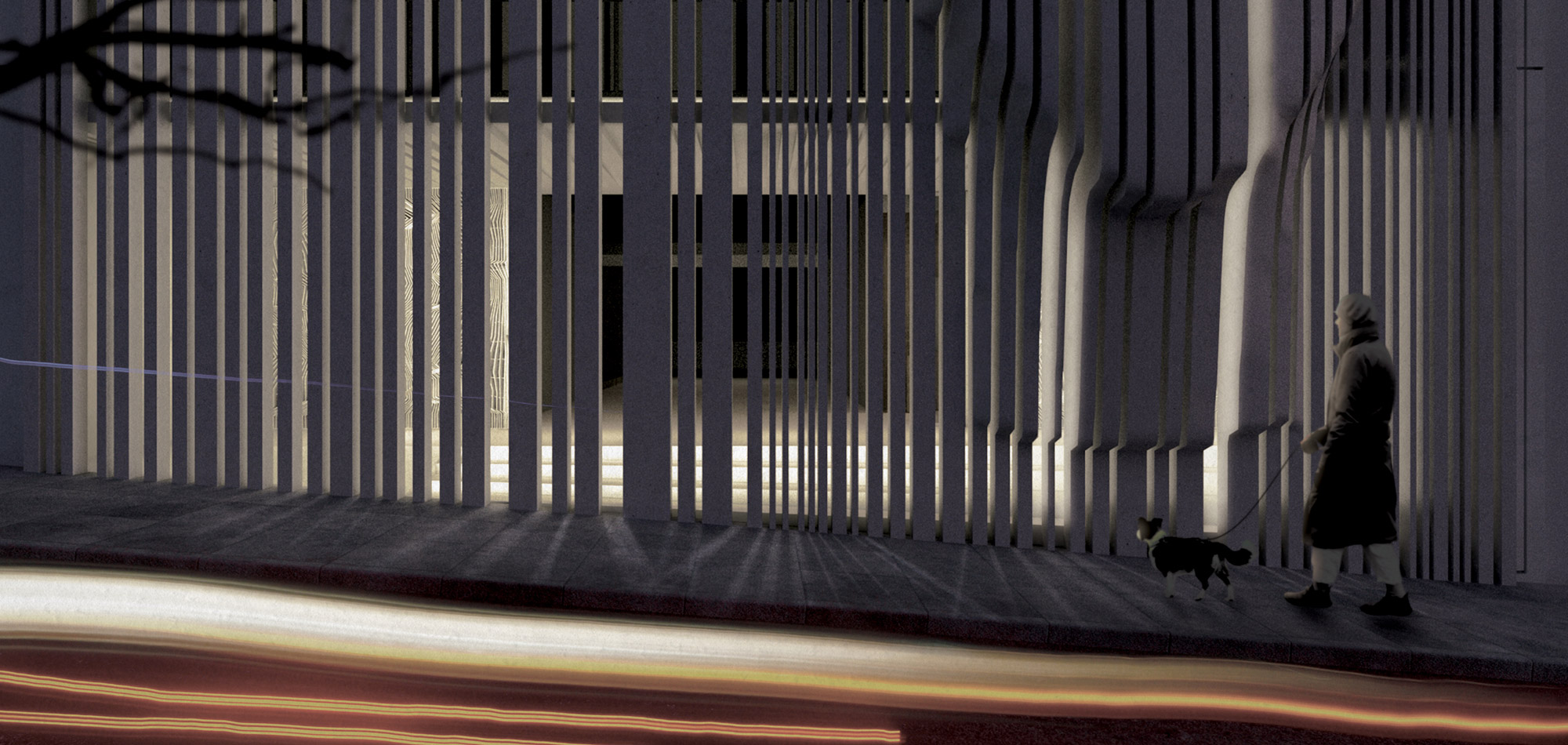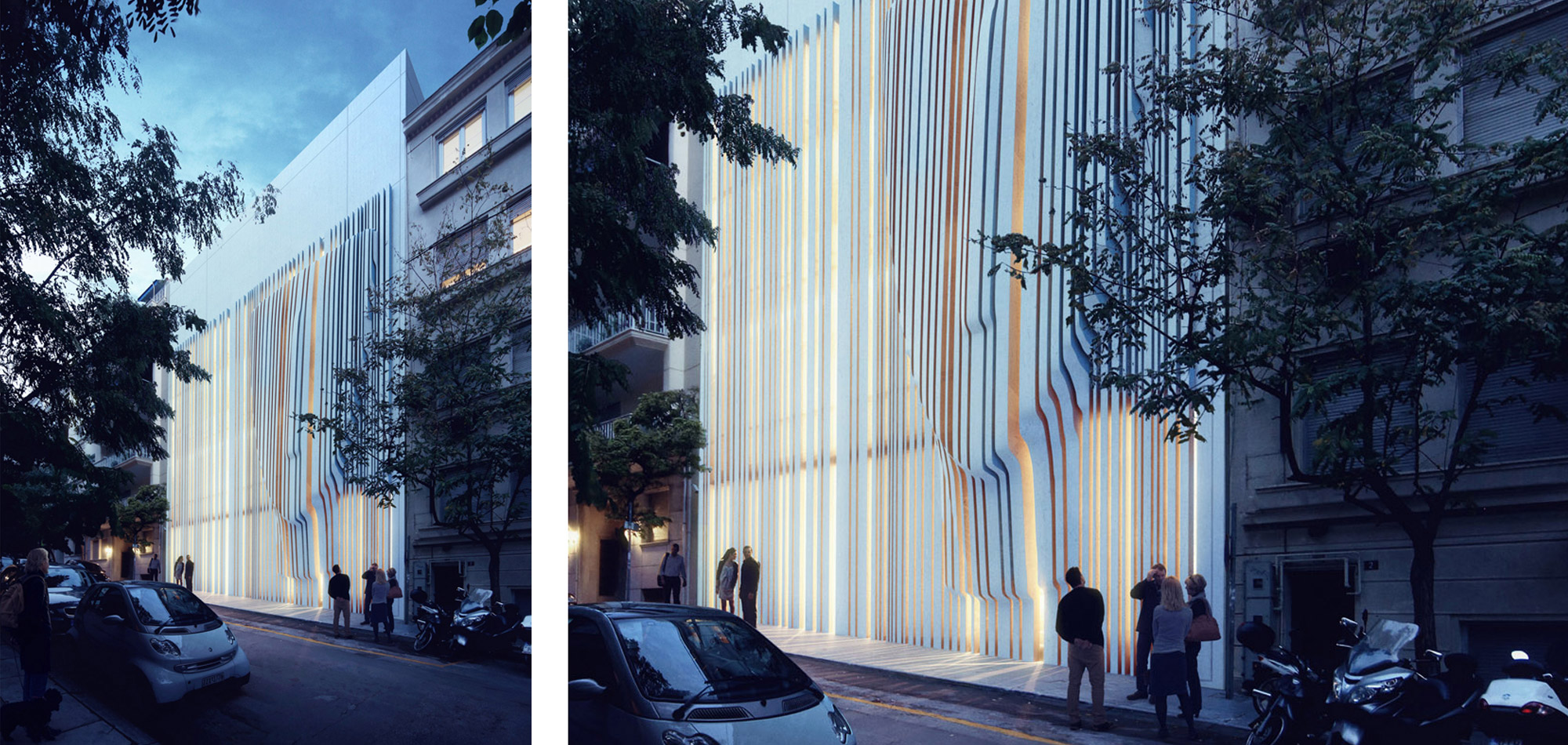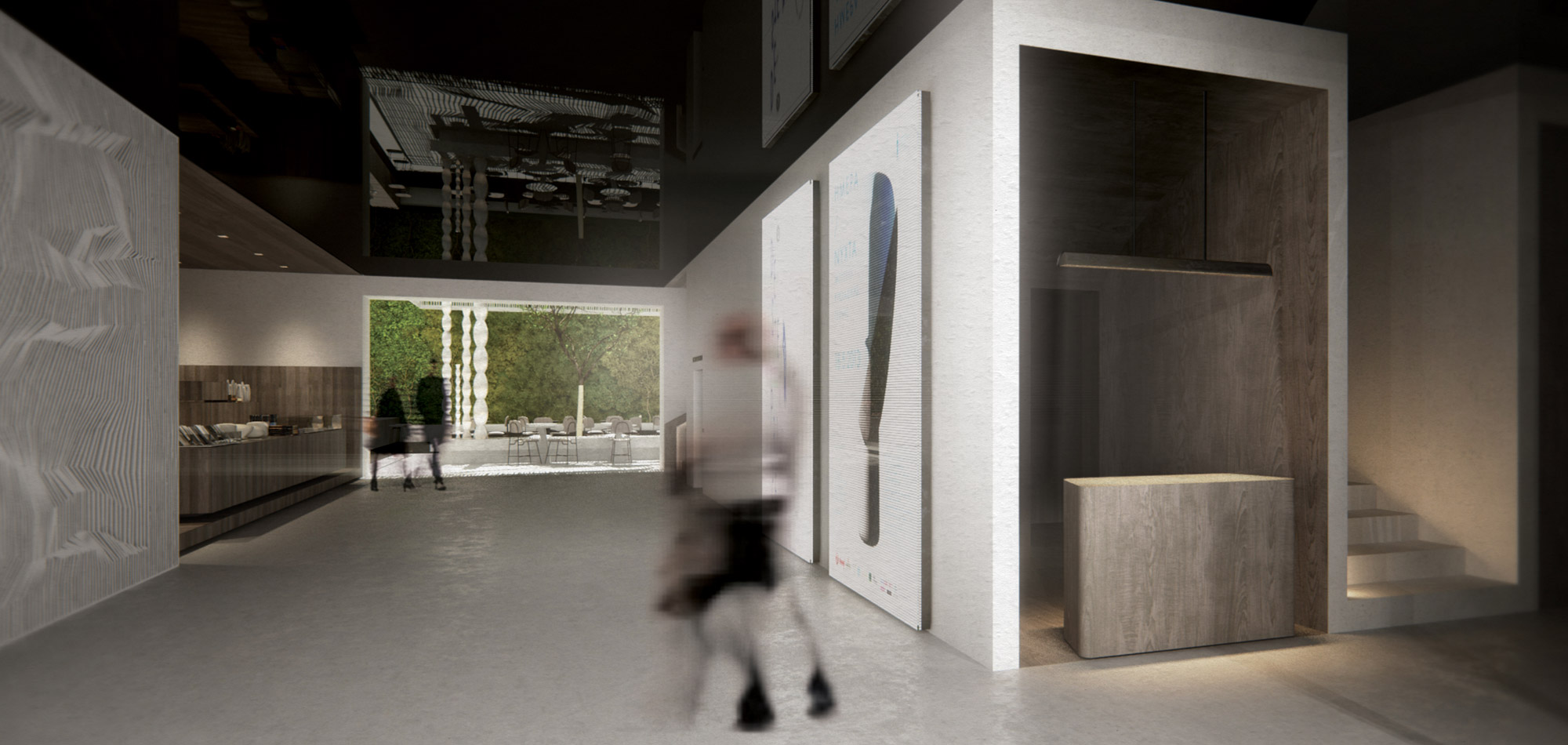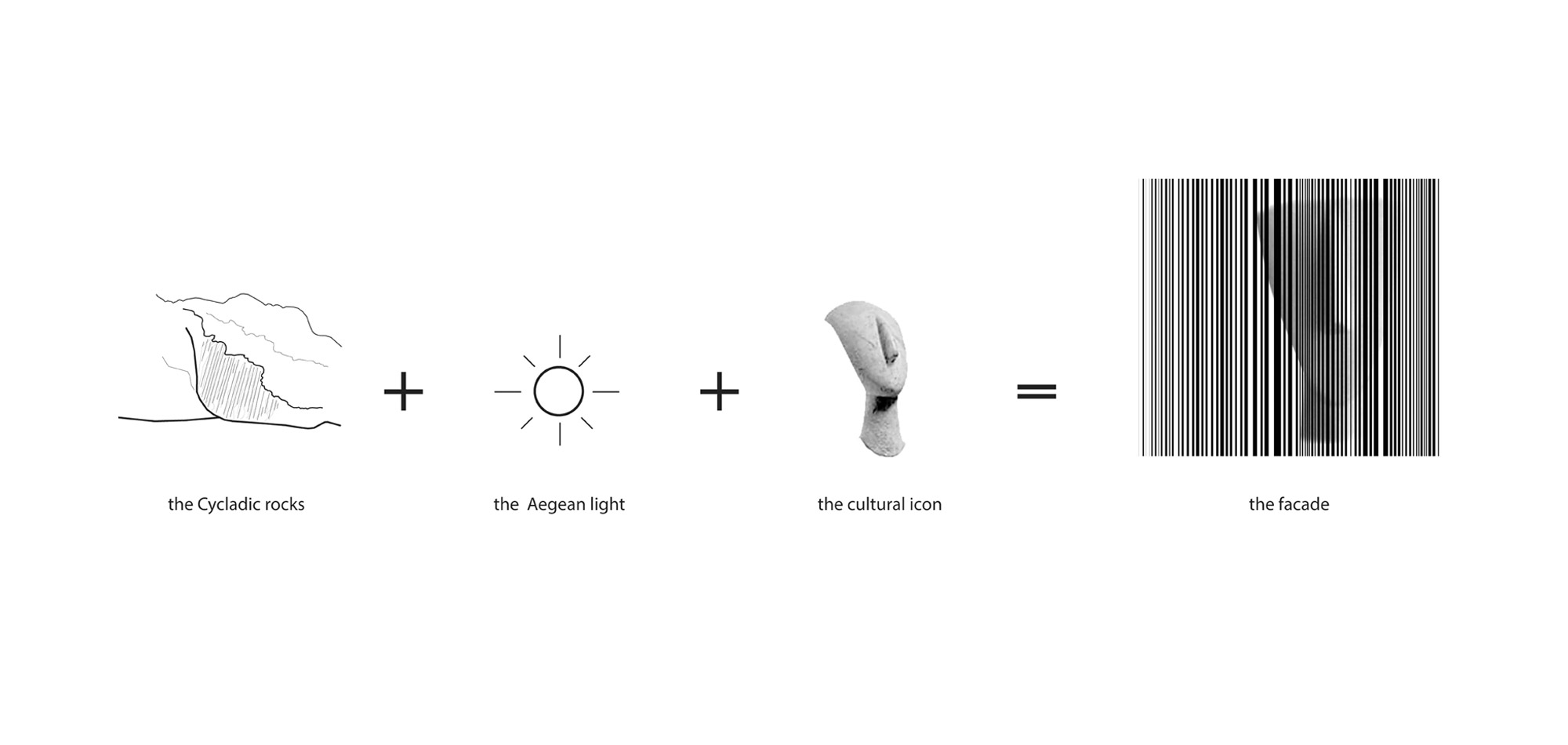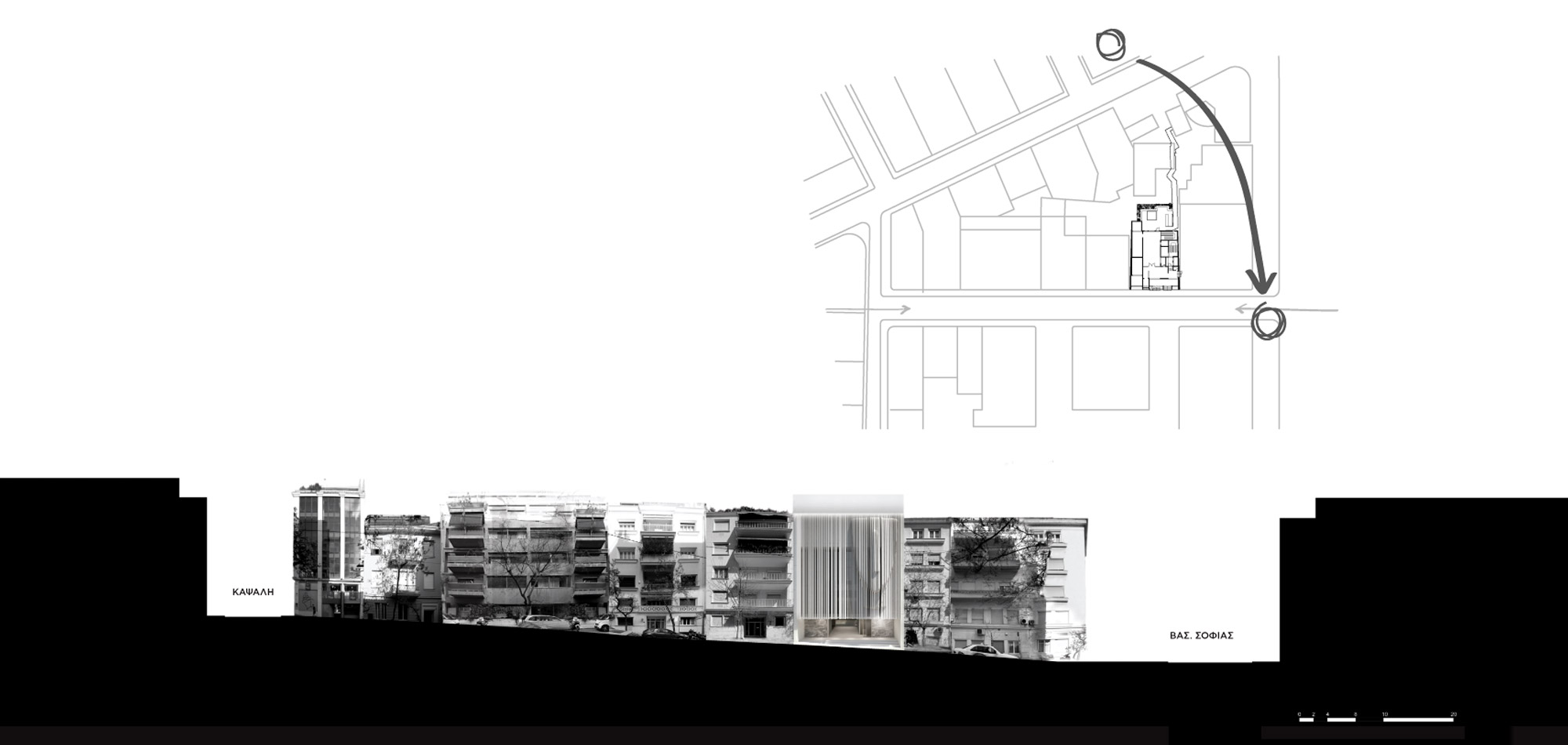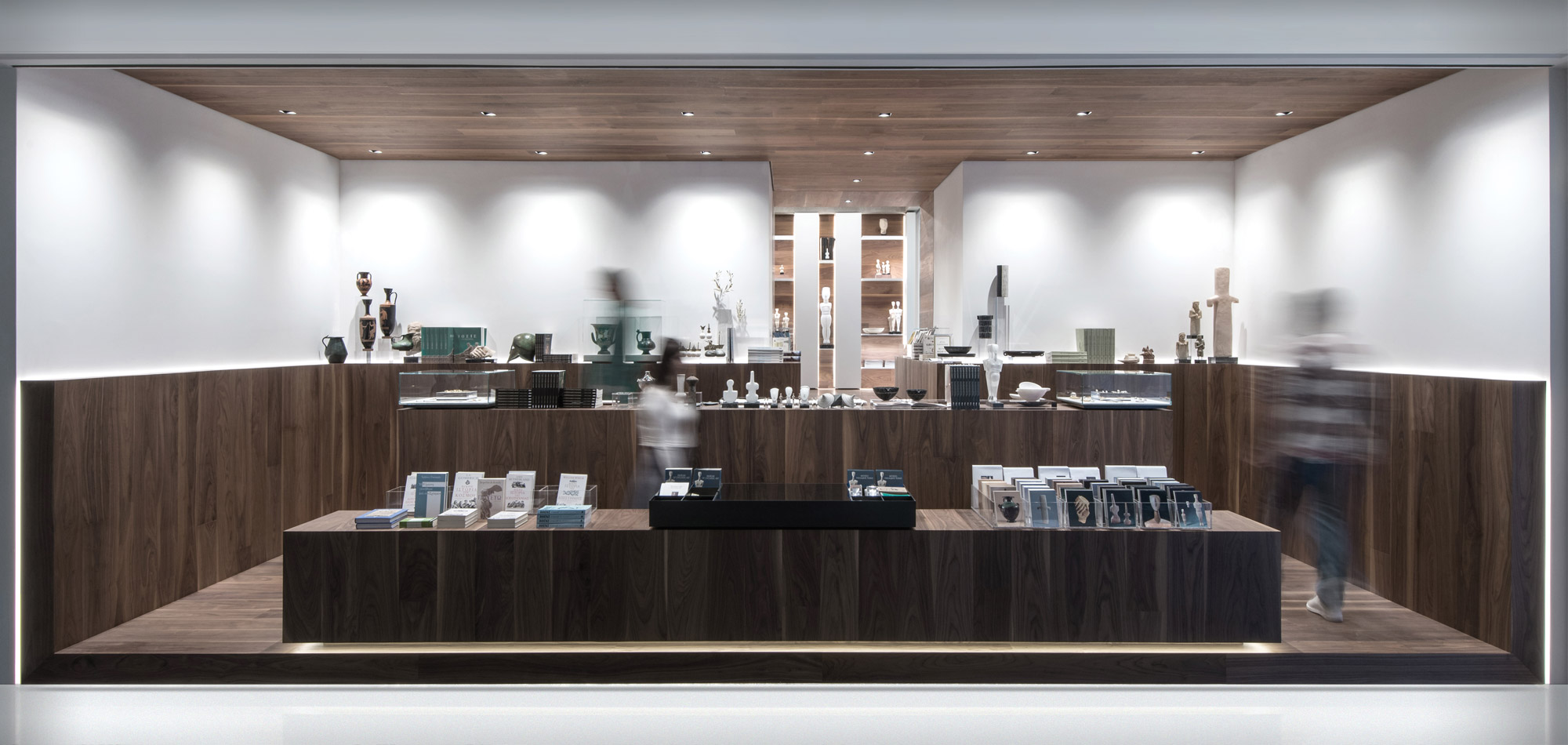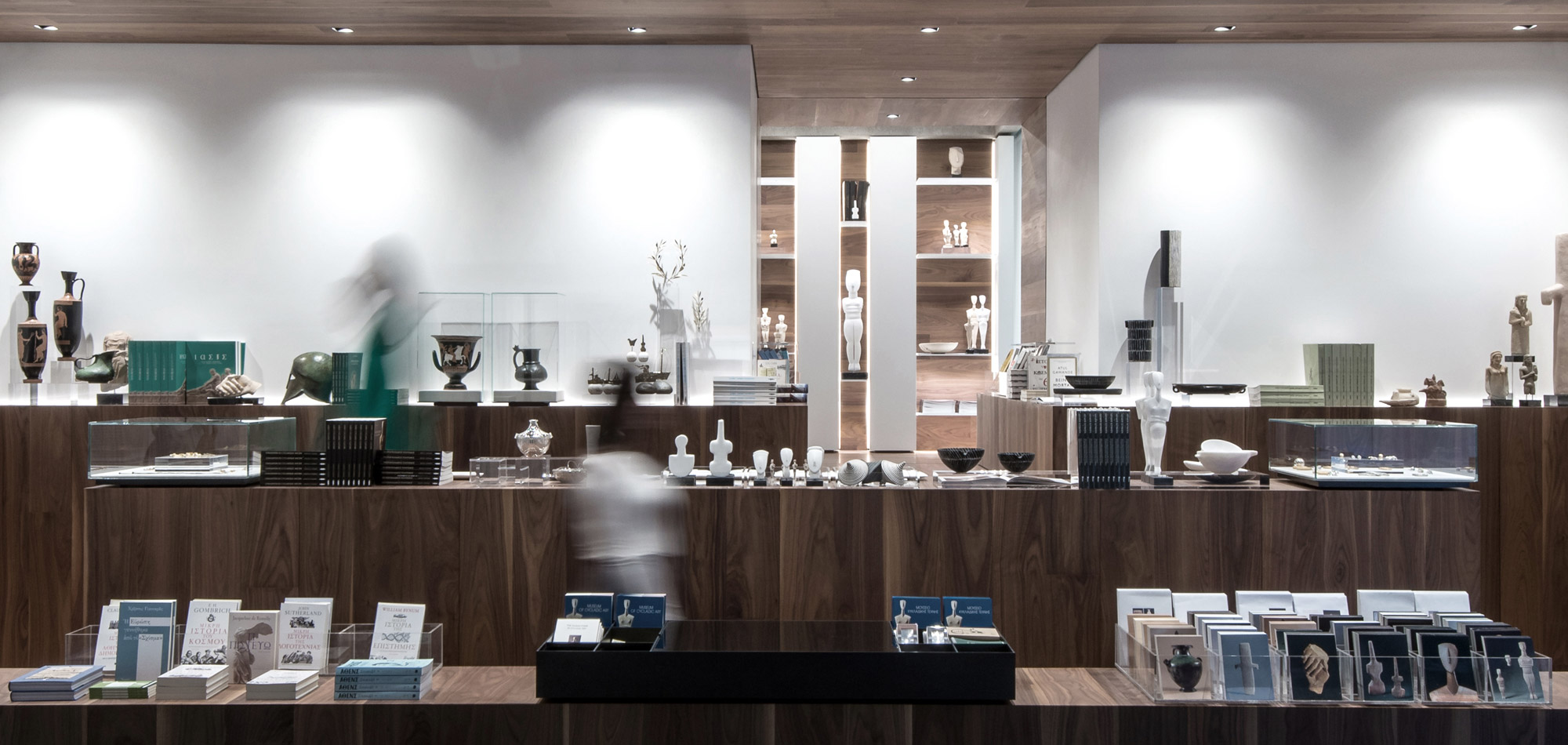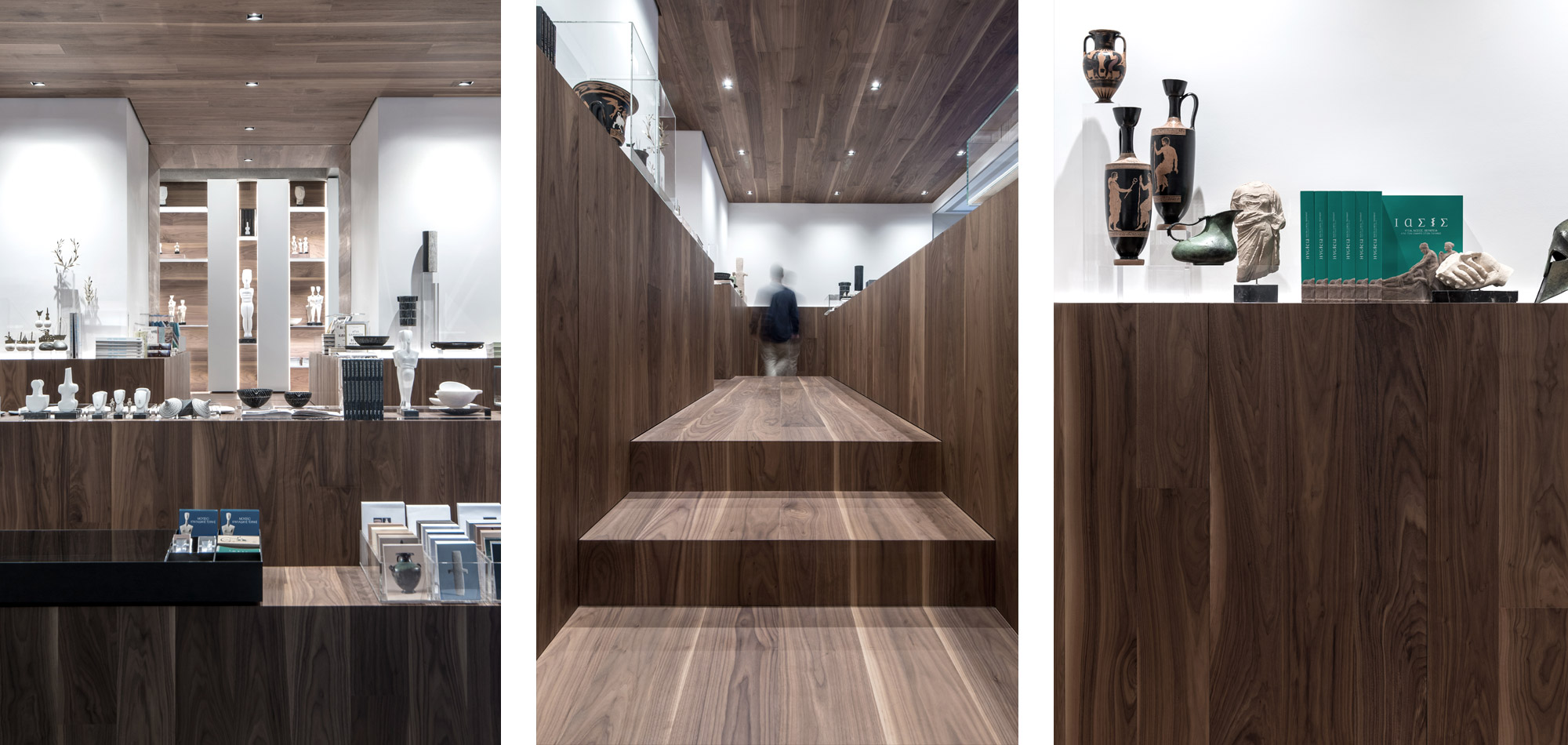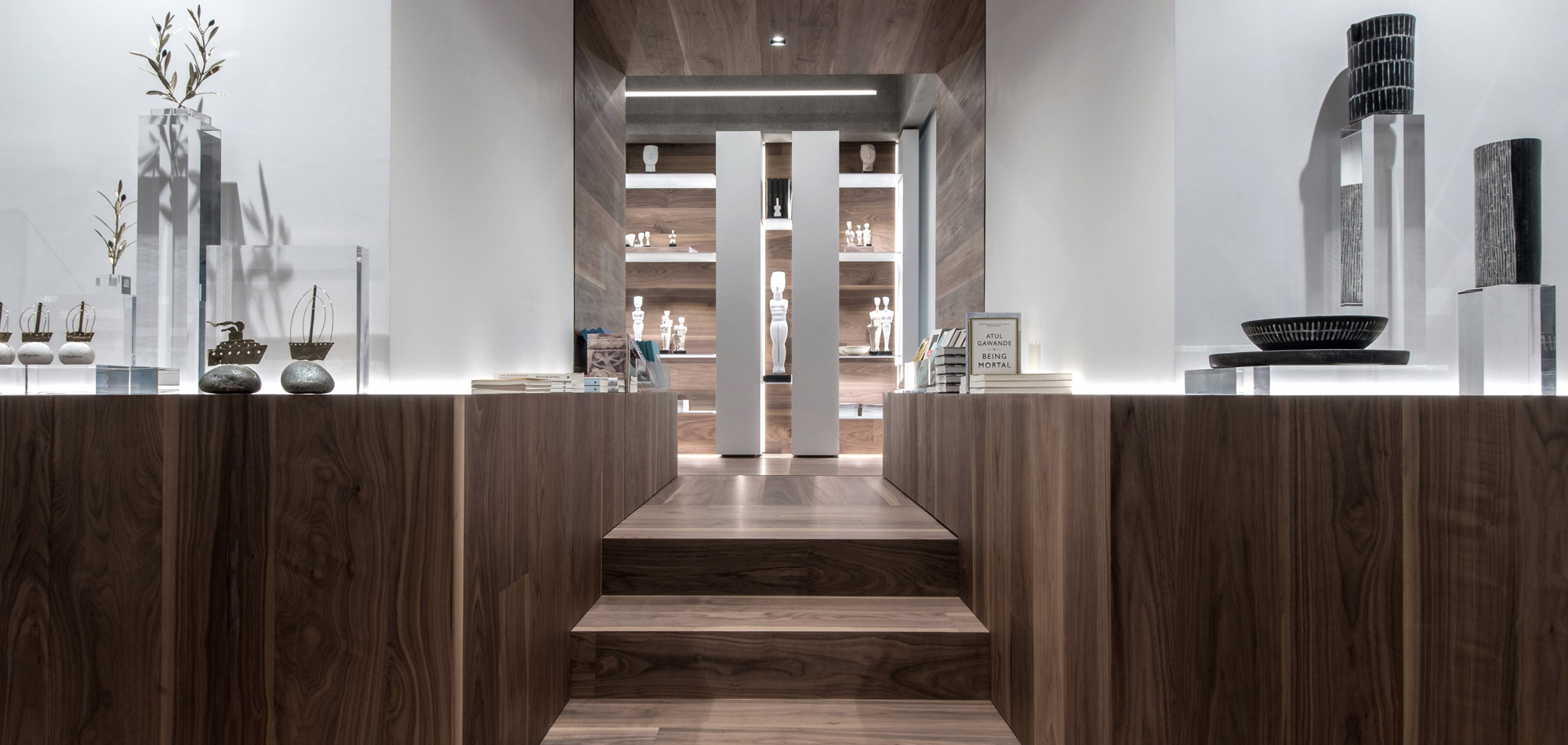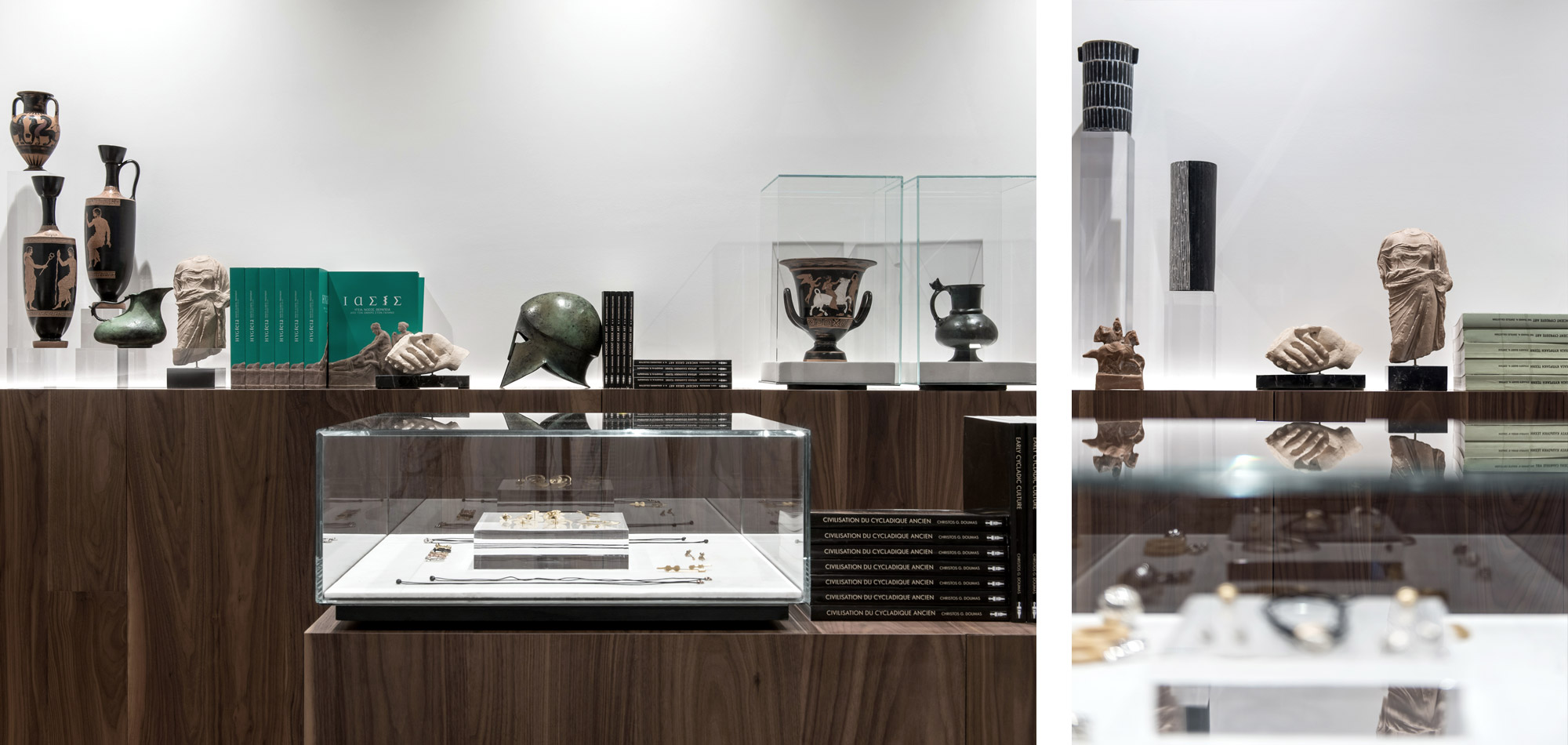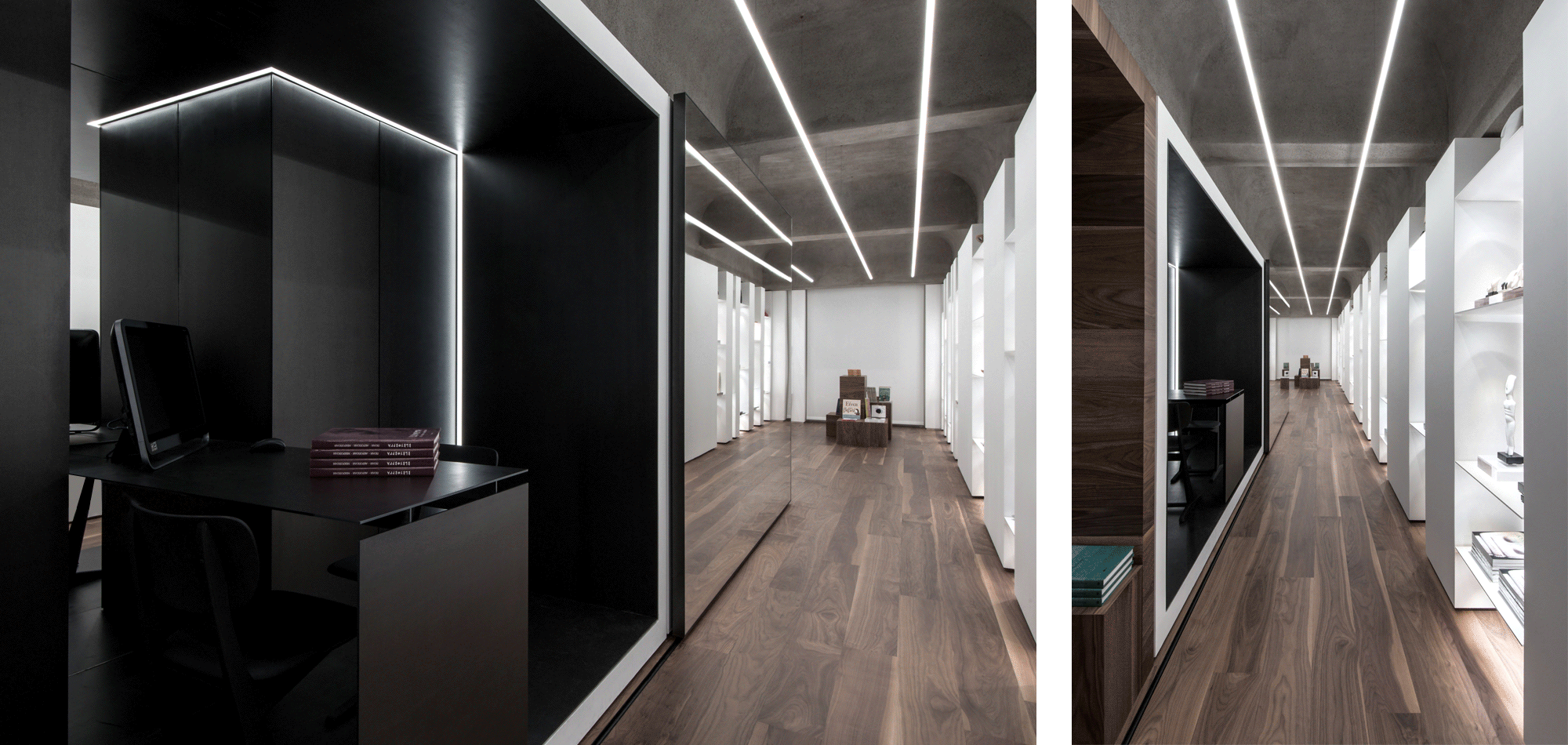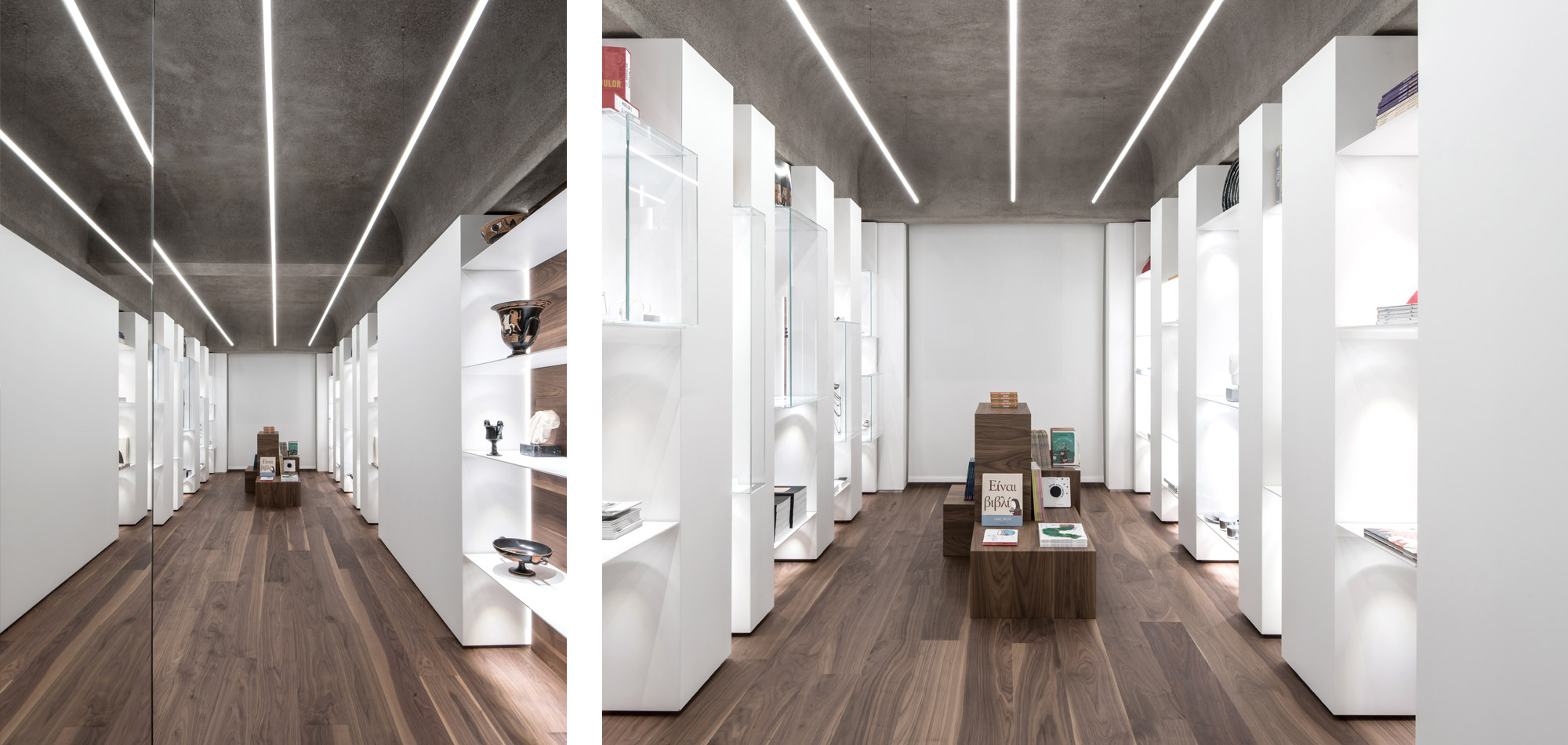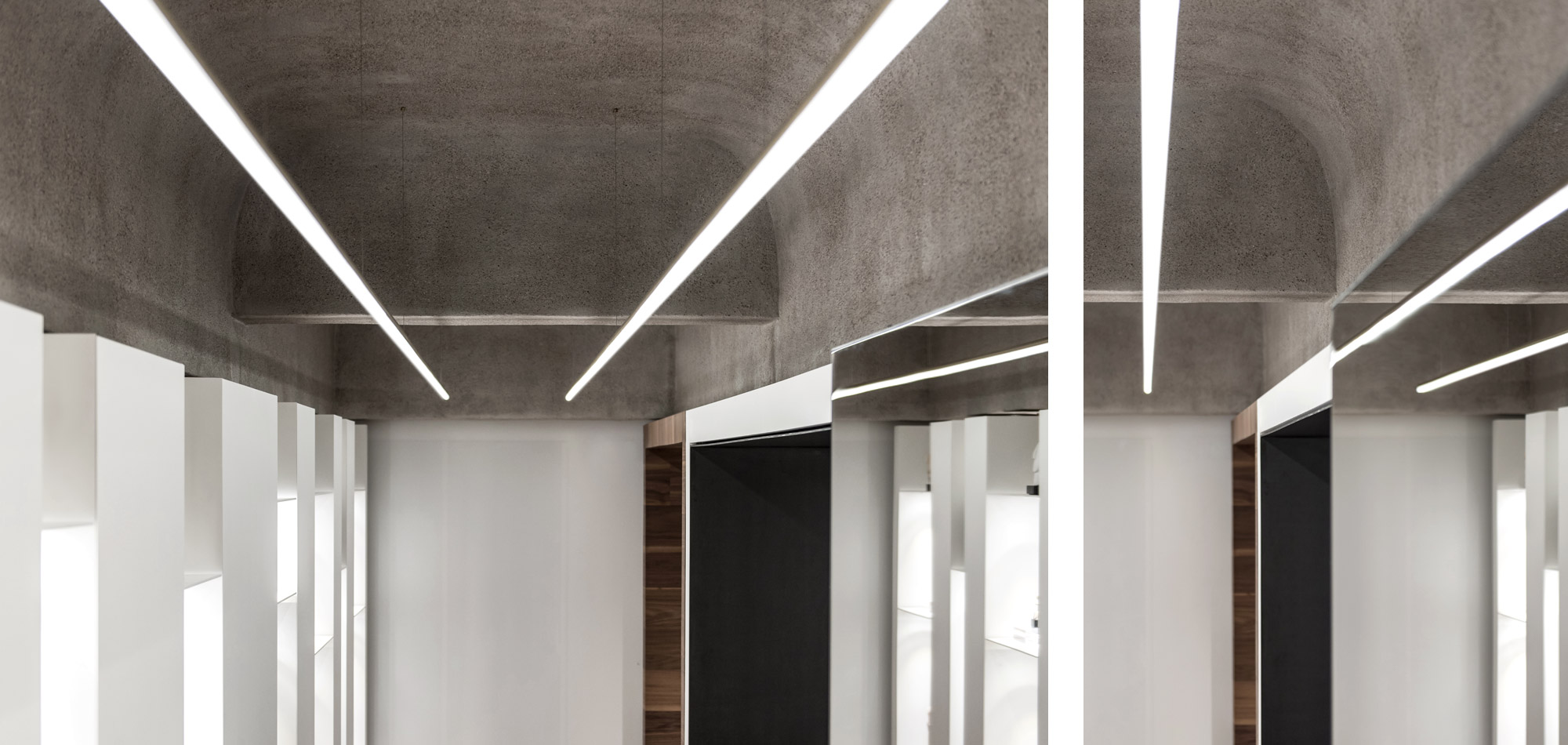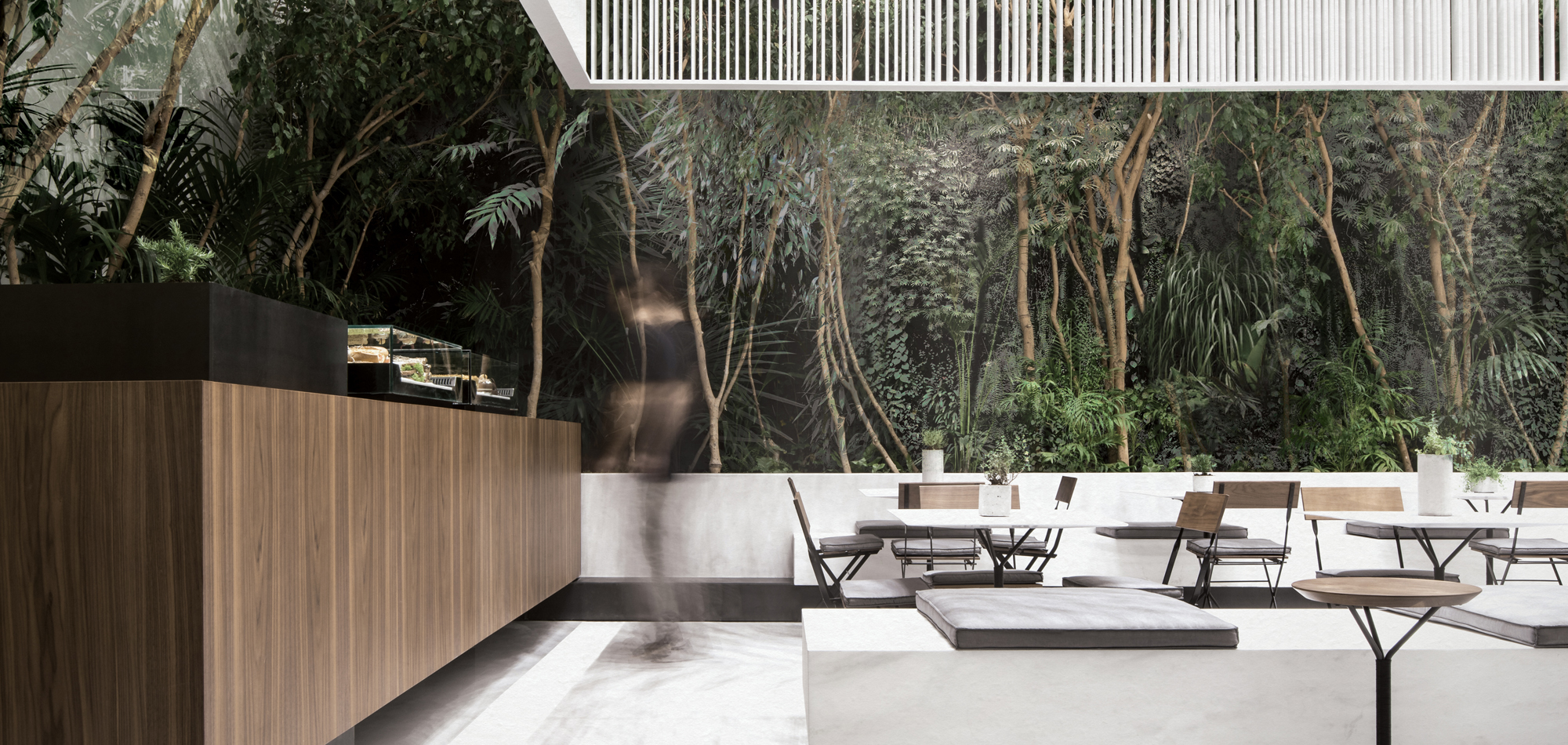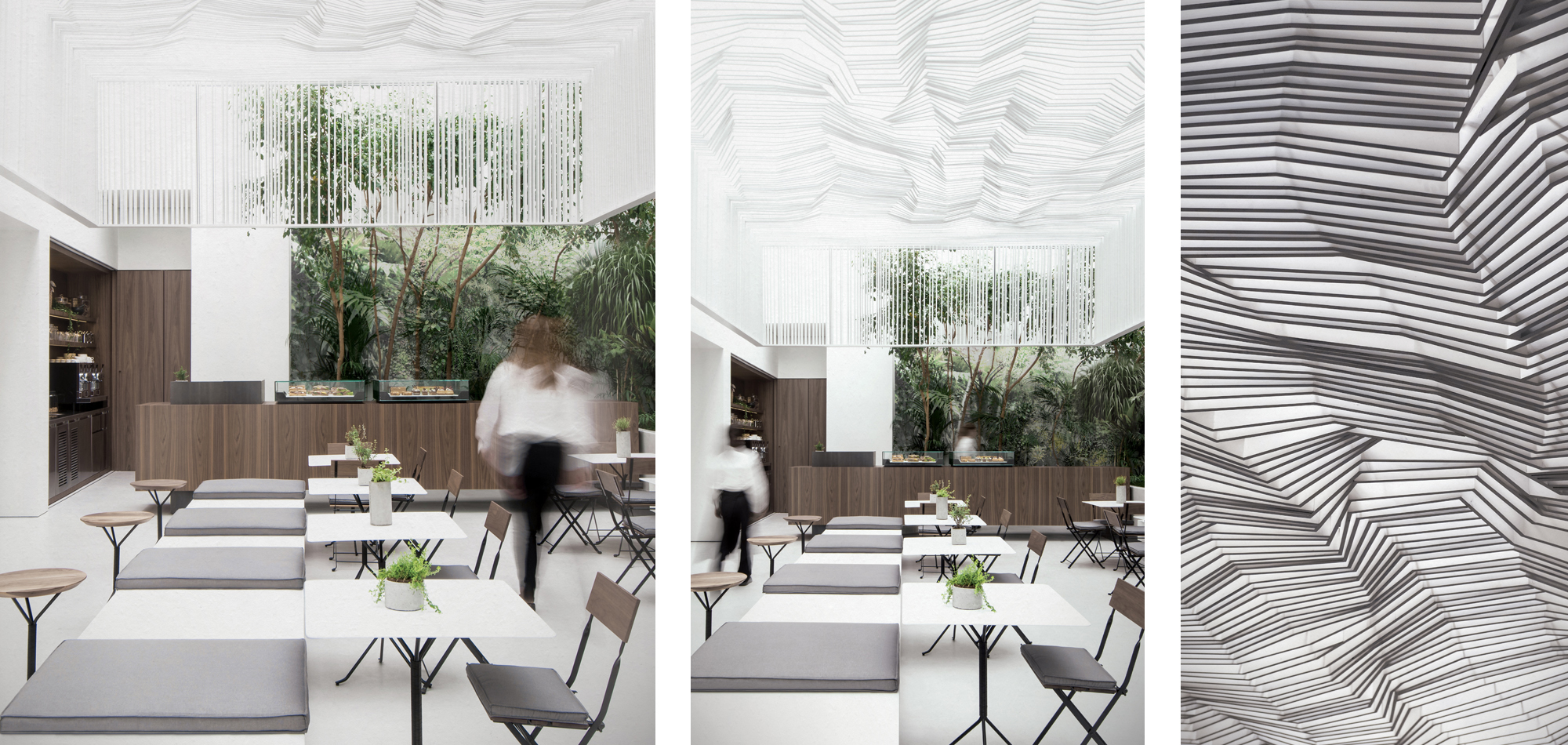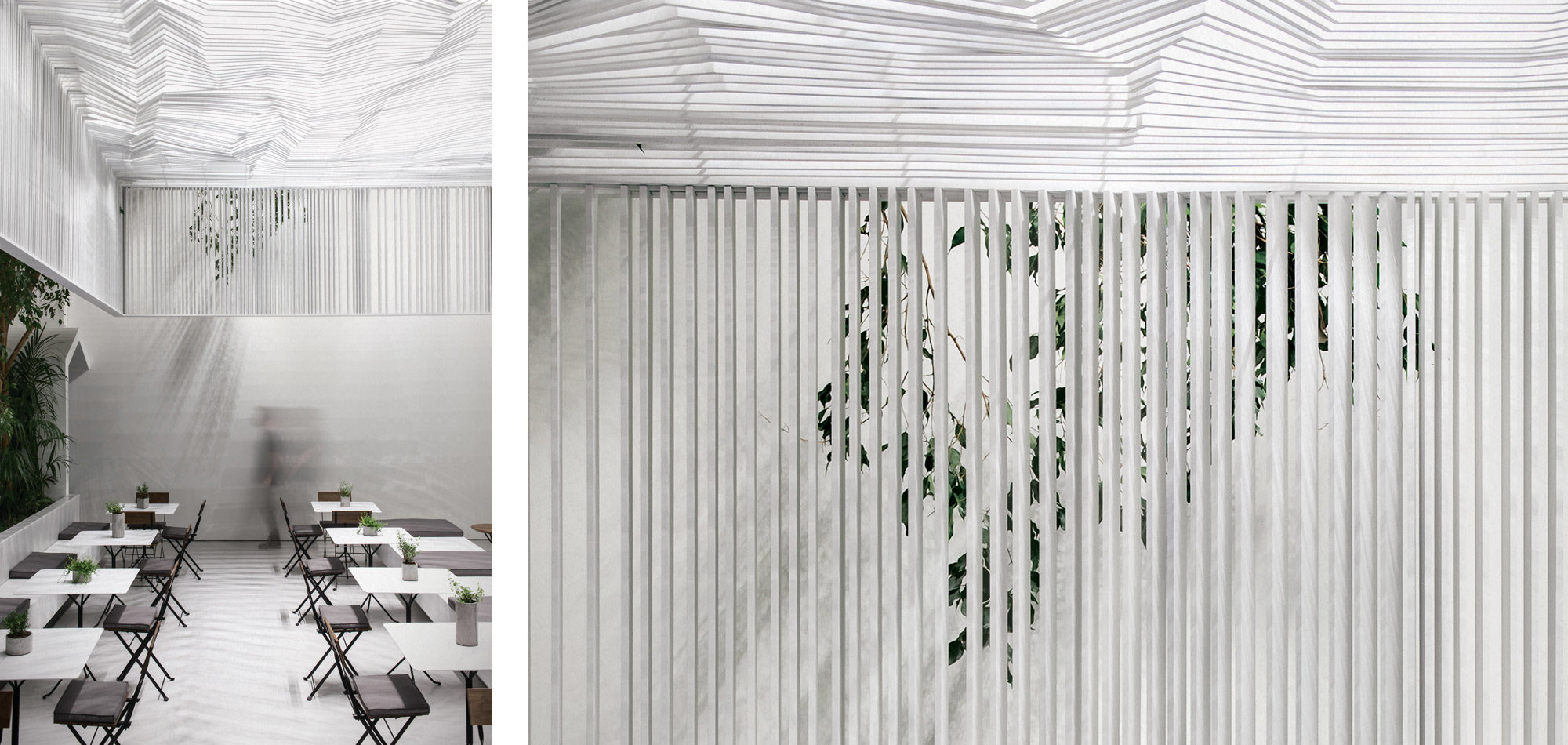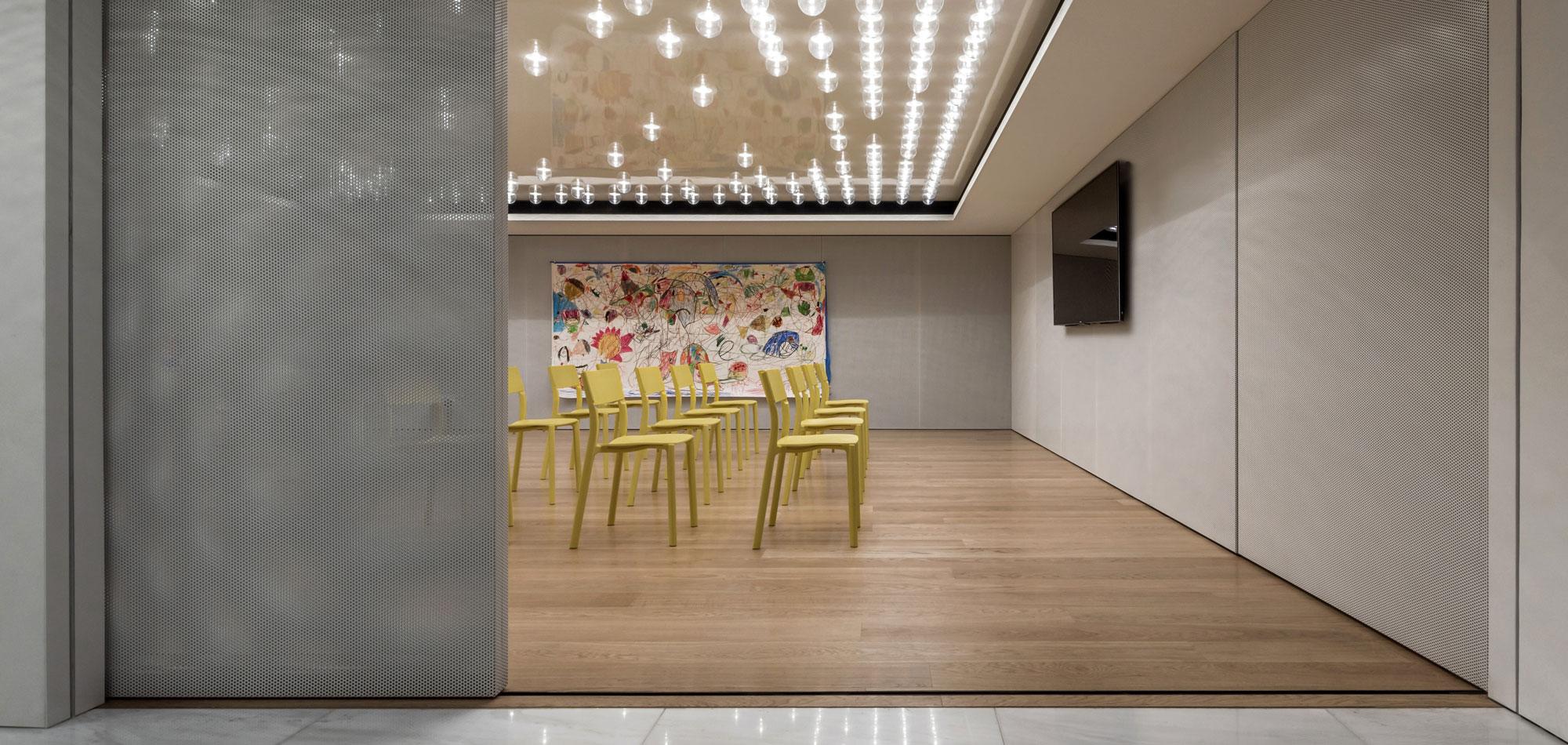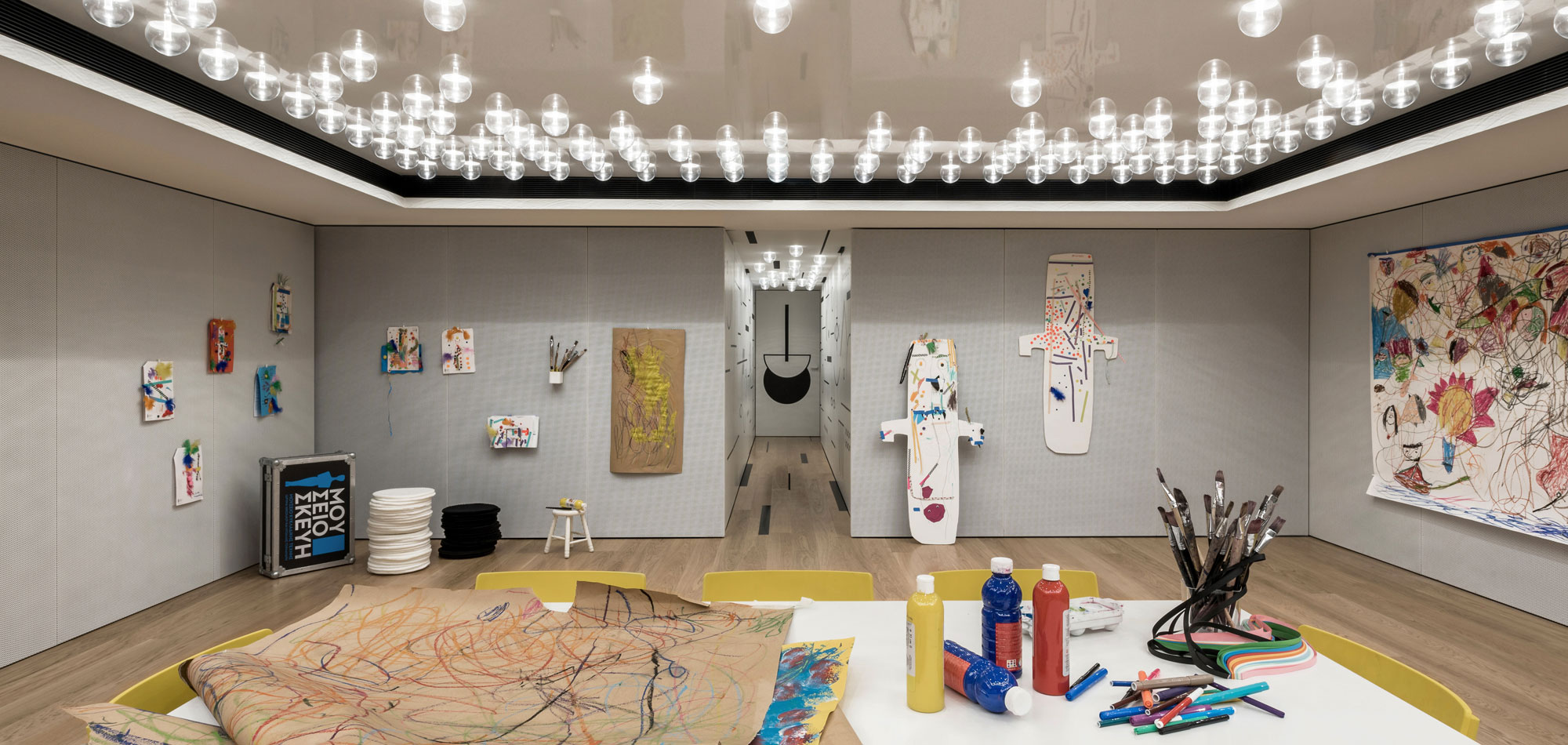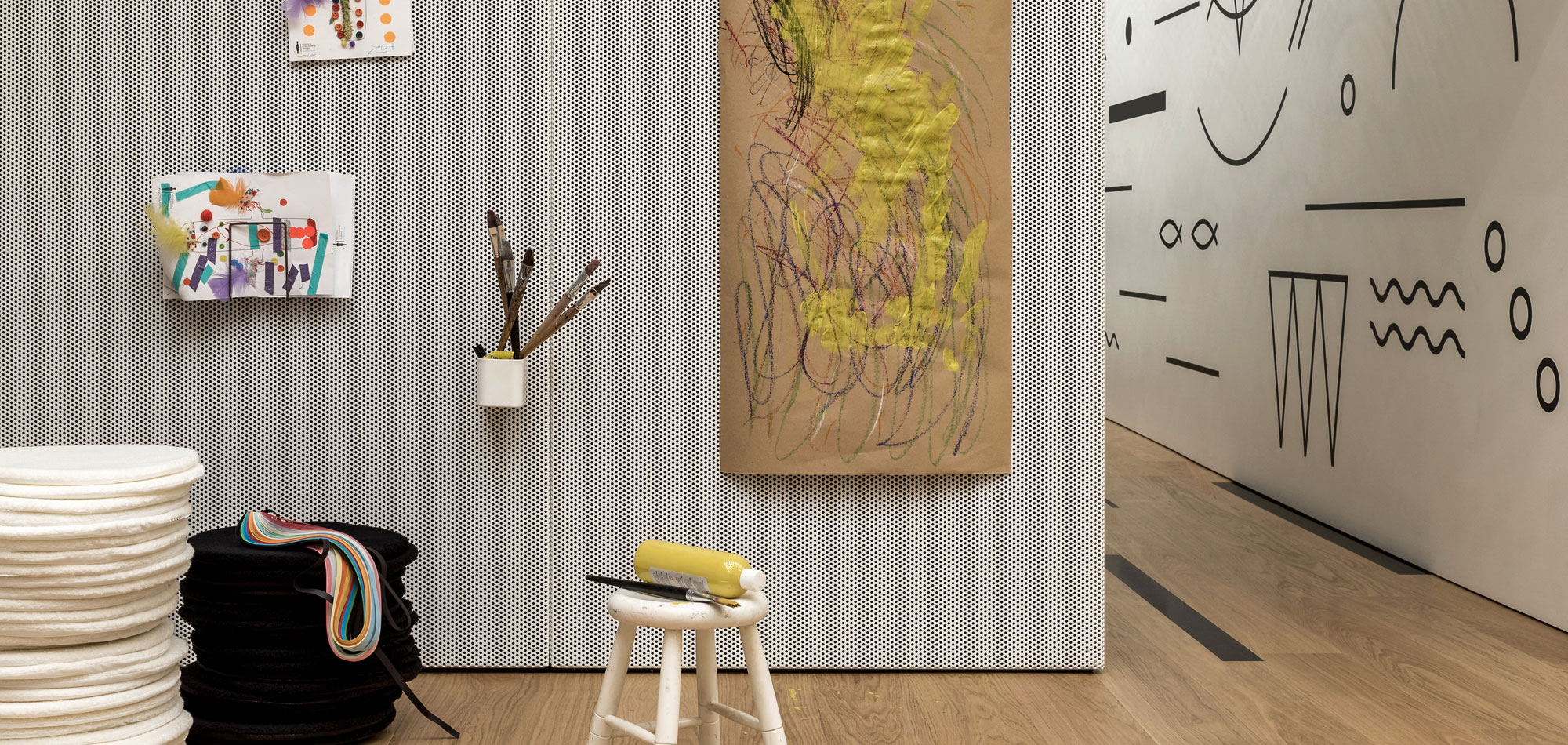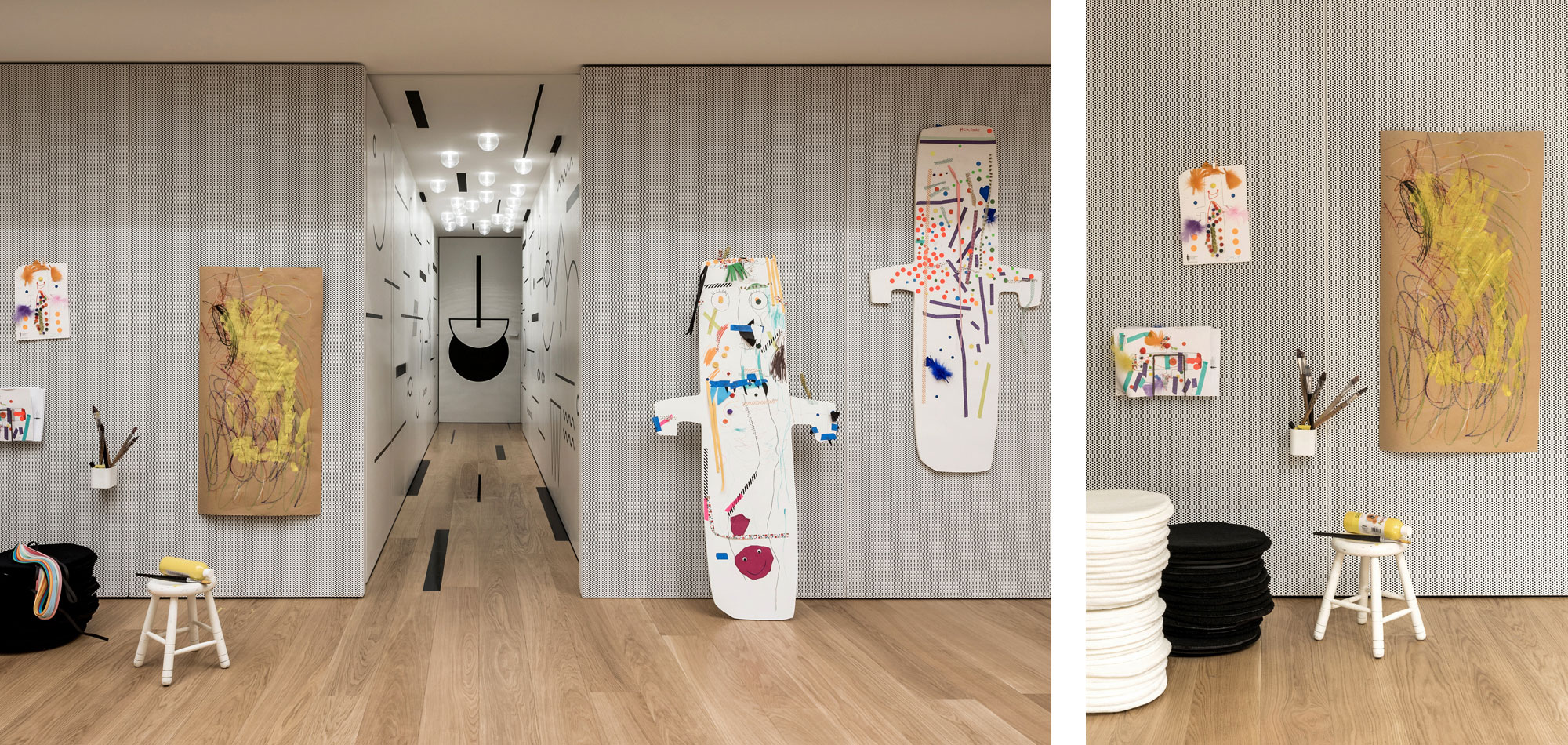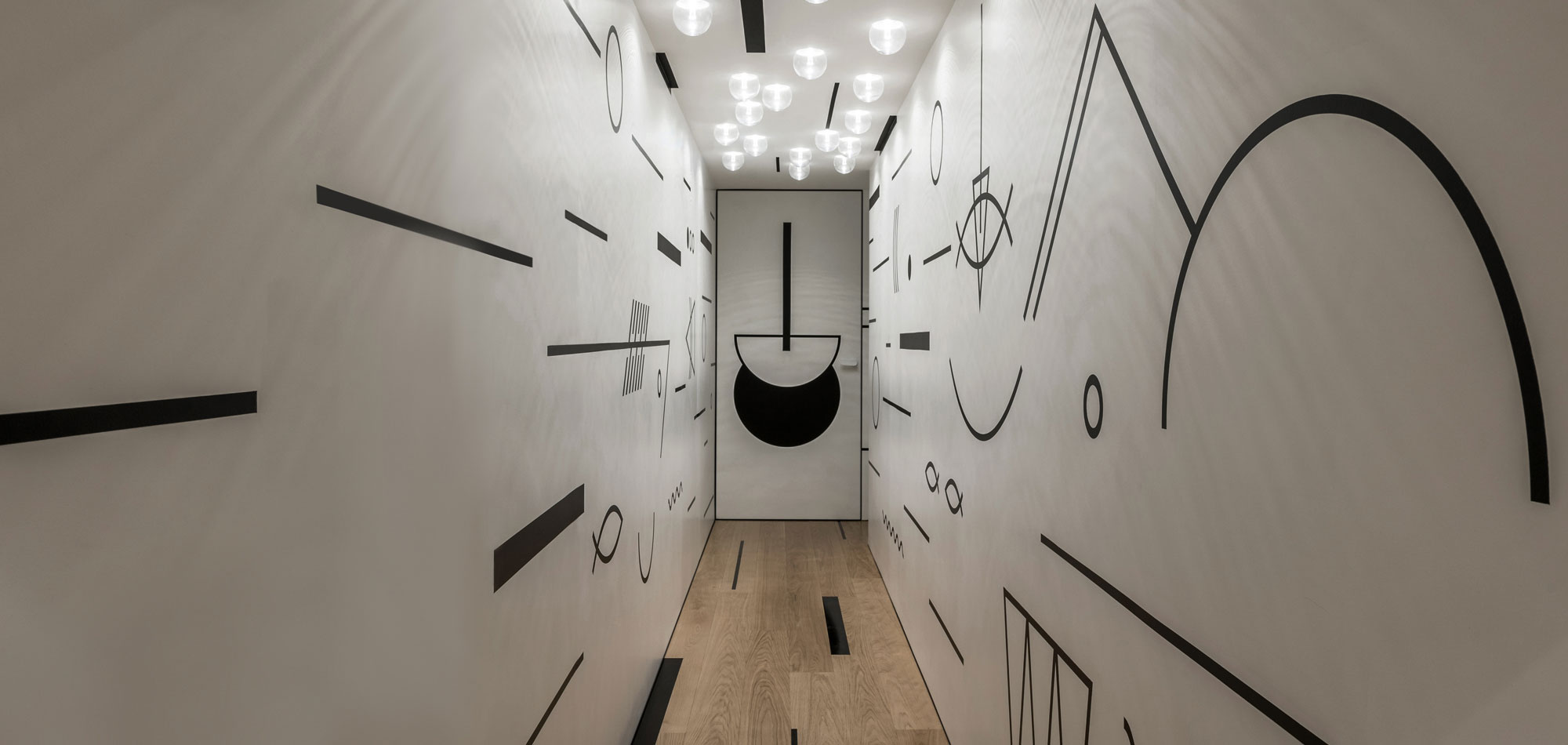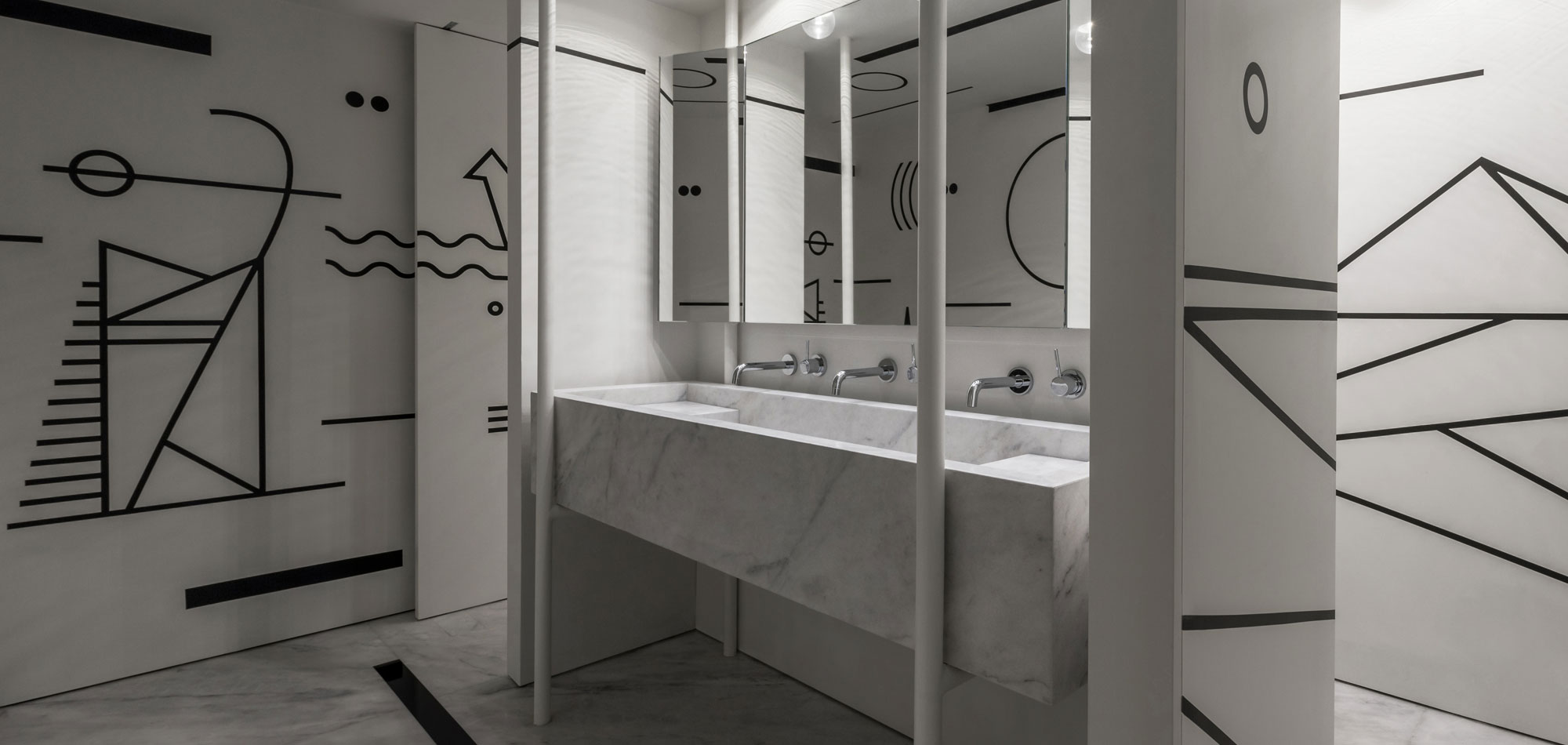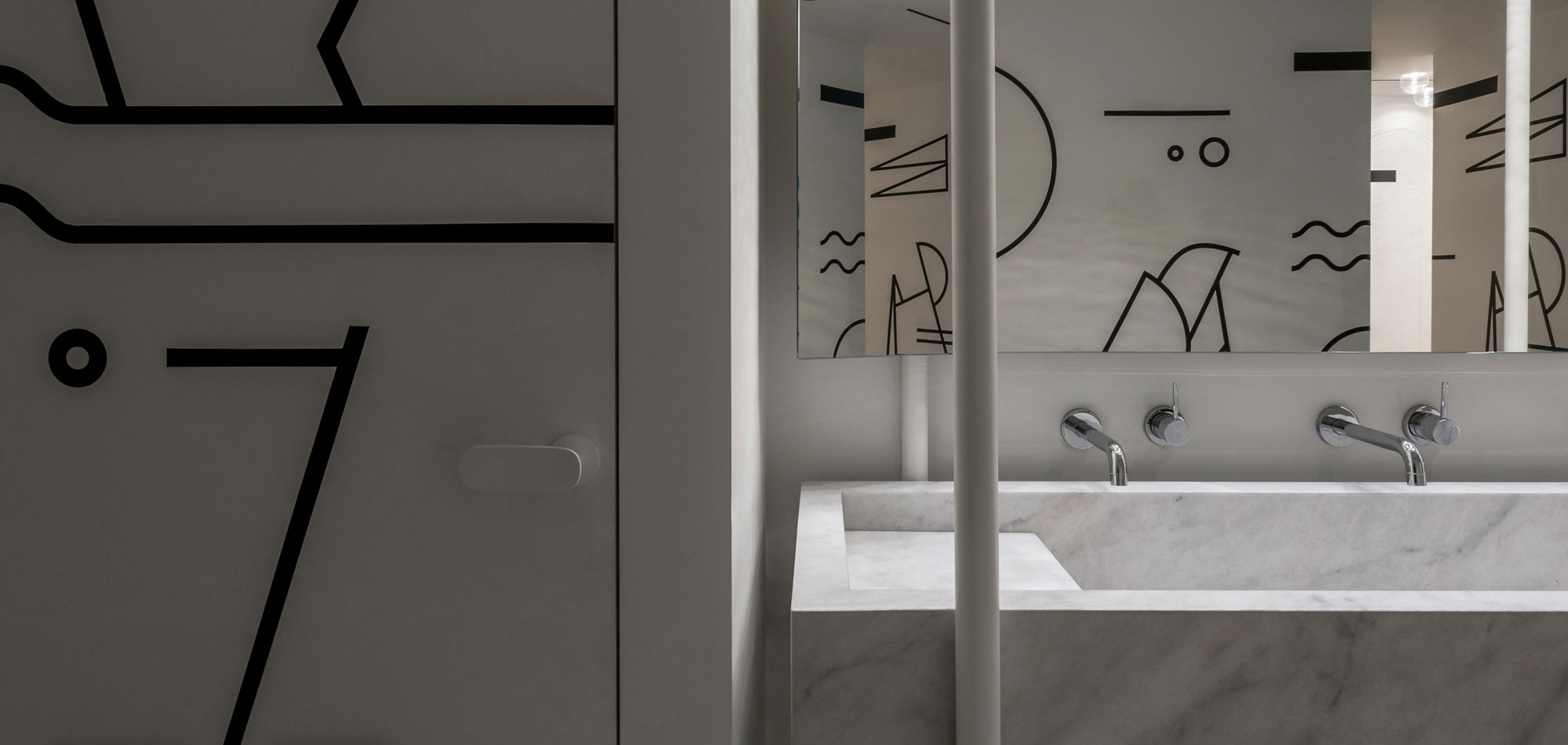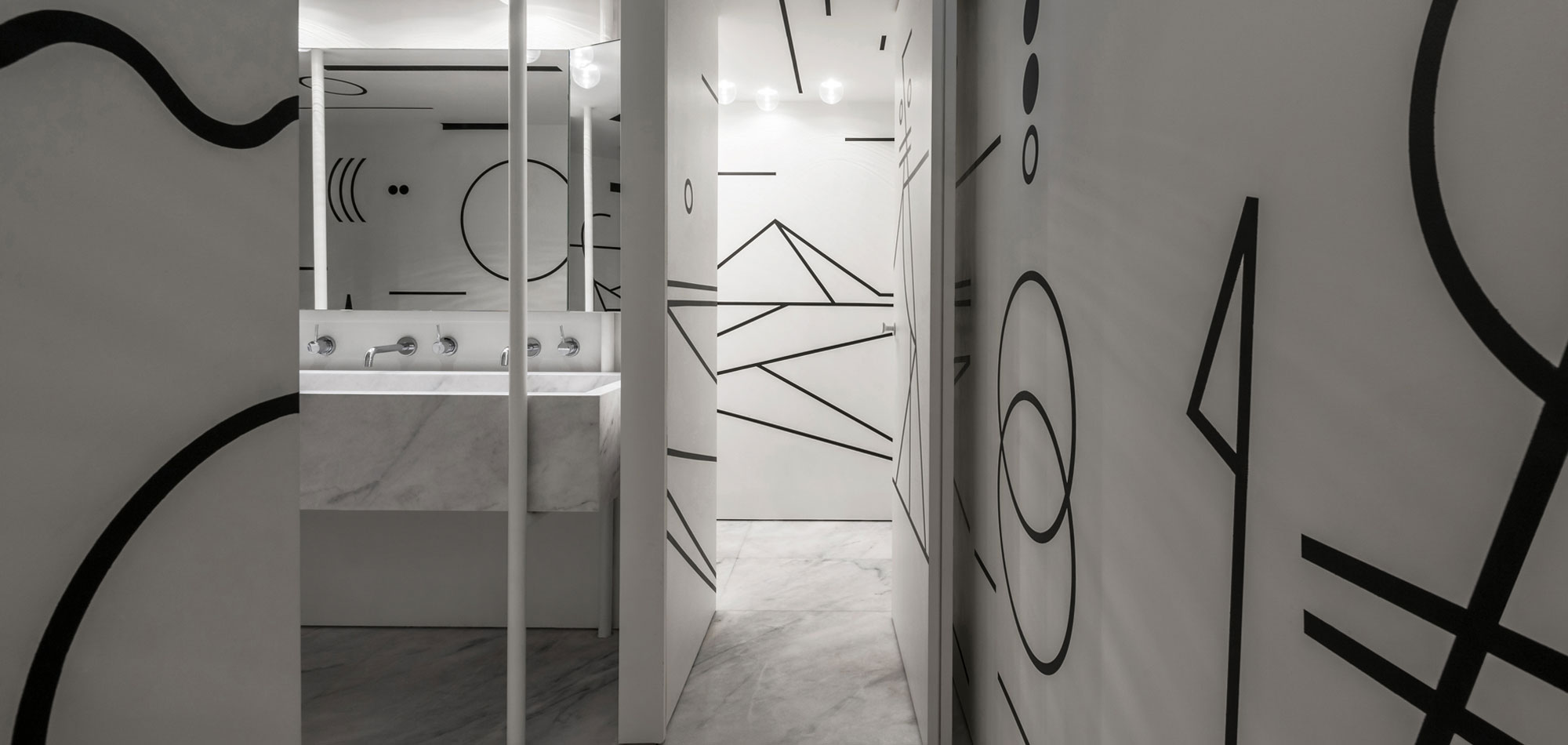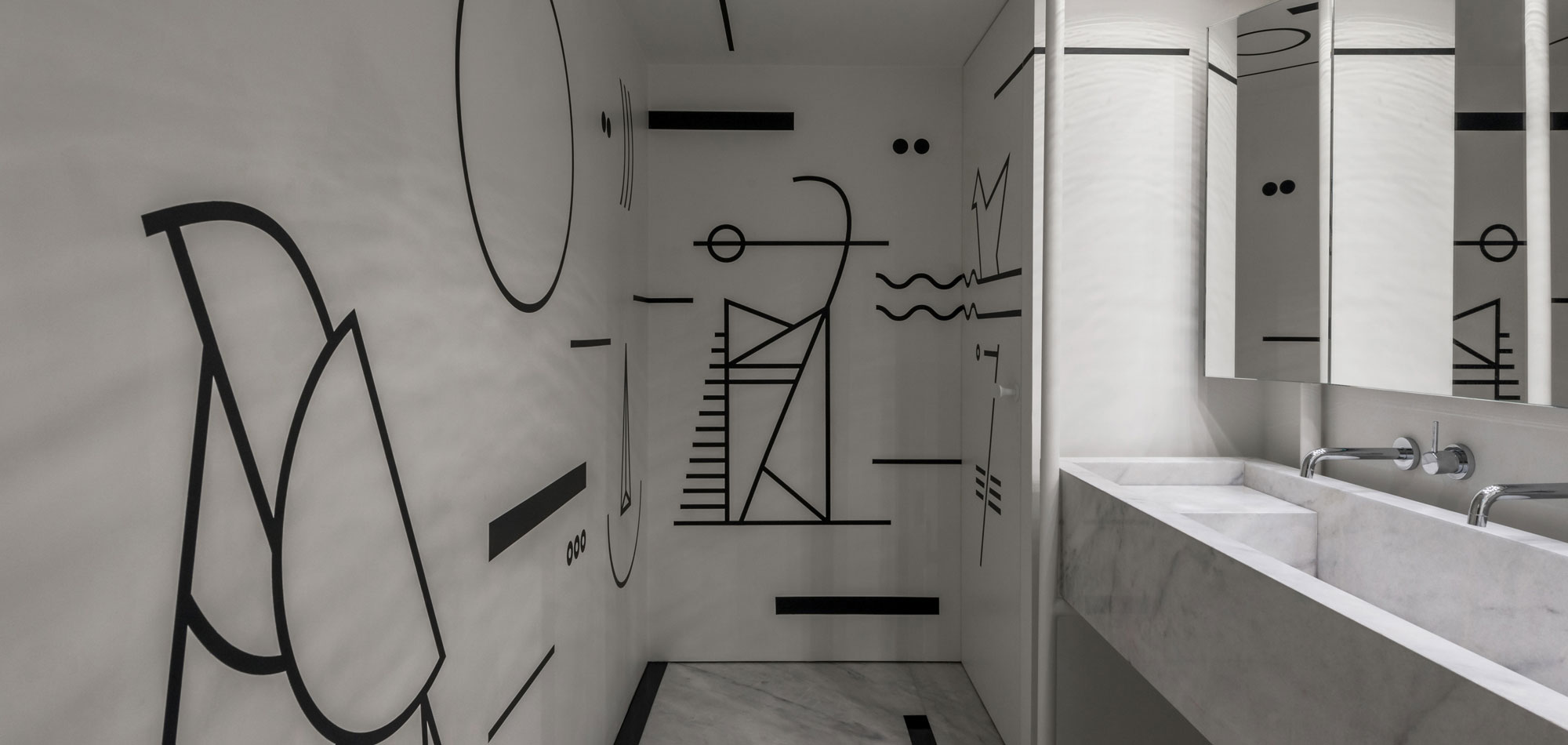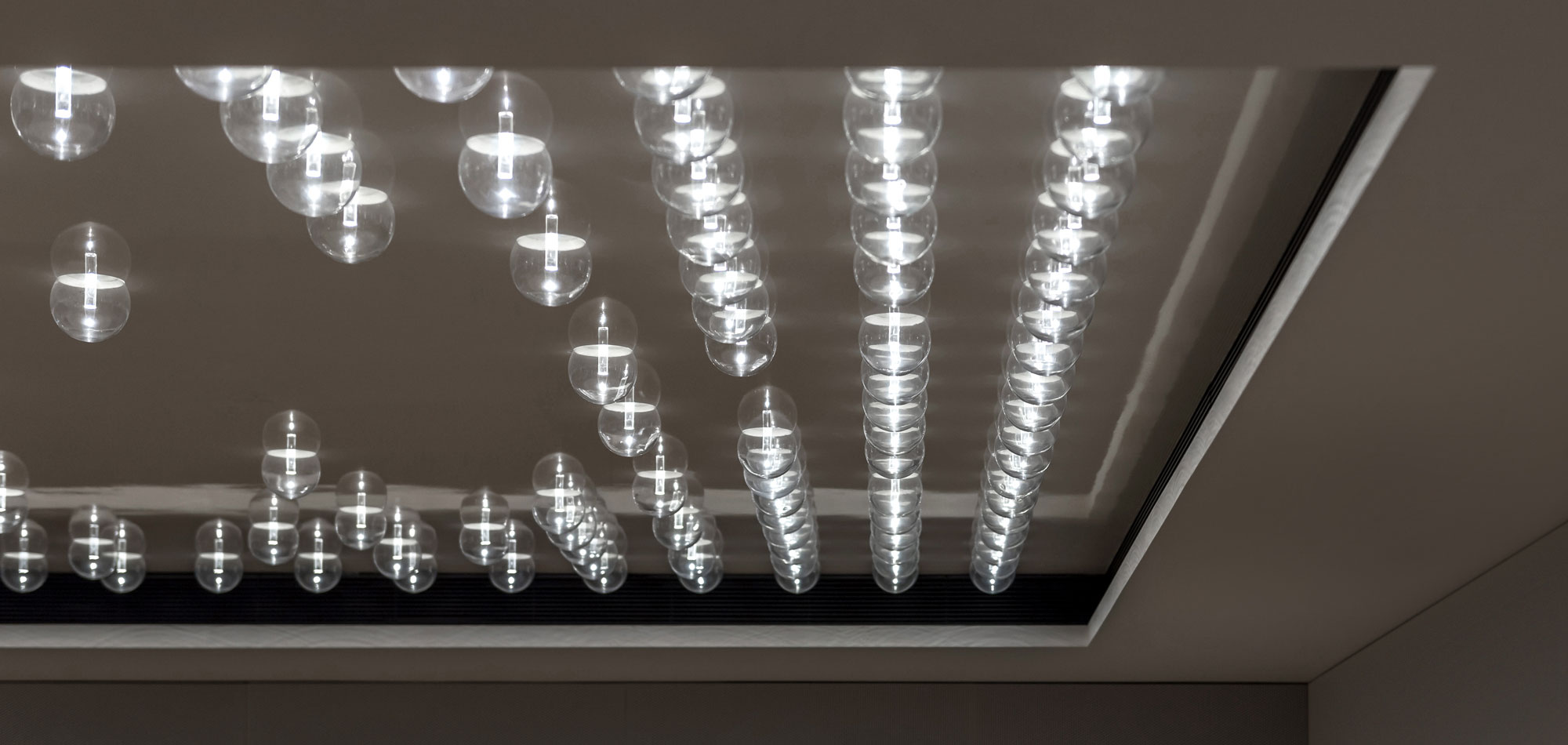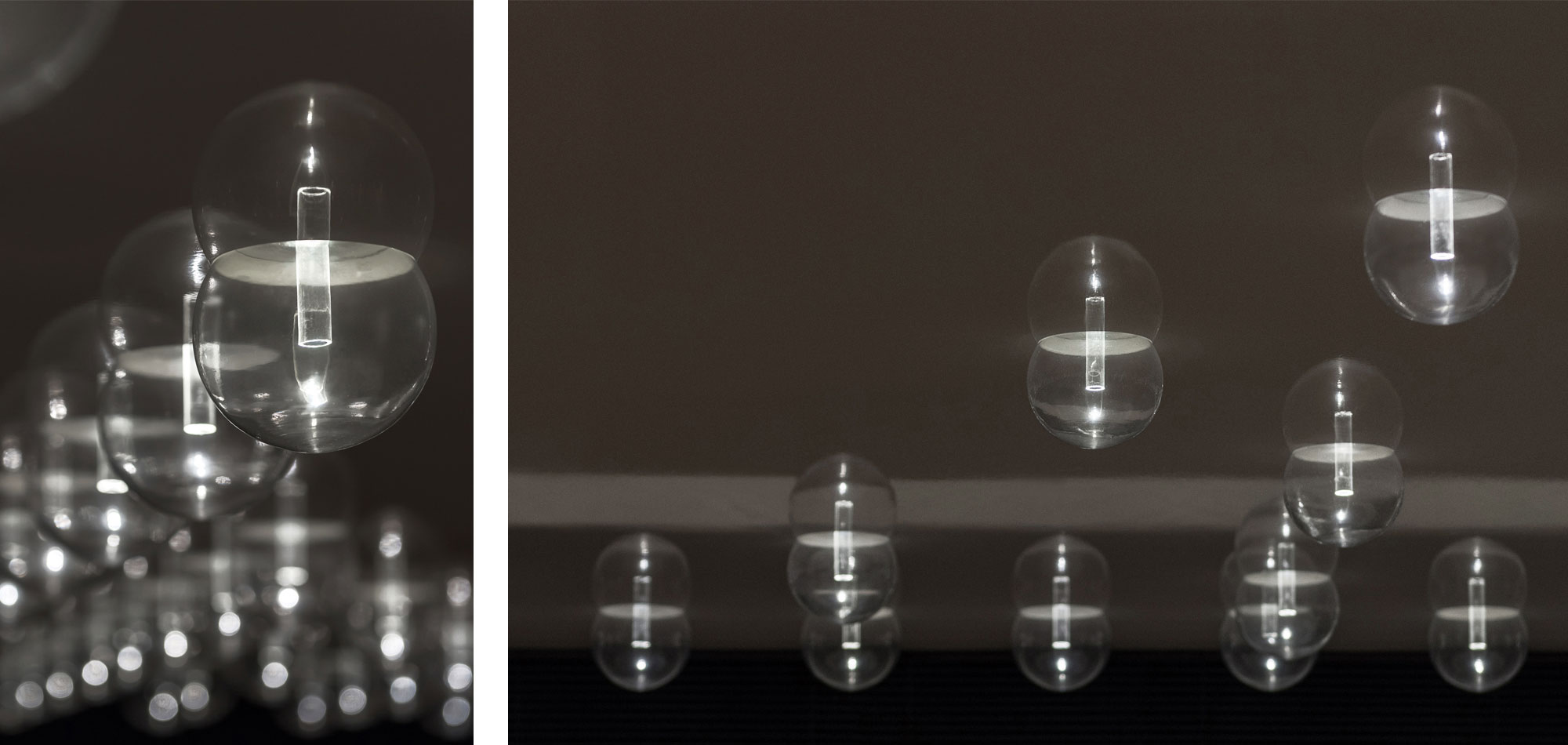MCA is situated in downtown Athens, a district mainly identified by scarce public open space and high building density. The museum’s existing façade is reminiscent of international museum typologies’ facades, encased within the tight urban fabric. The larger portion of the facade area is covered by reflective glass panels, shielded on the inner side with a rigid surface which averts the exhibition rooms’ sunlight exposure.
MCA is one of Athens’ most prestigious museums as well as sole ambassador of the Cycladic civilization and its artistic legacy. Our objective was to accentuate its identity and disclose it to the public eye, by reshaping its urban icon not only visually but also functionally - increasing the building’s permeability from the street to the interior. The Museum of Cycladic Art is an institution concentrated on the study and promotion of the ancient Aegean civilization and the research on prehistoric, Classical and Modern Greek art. It was founded in 1986 by N.P Goulandris’ foundation and it houses one of the largest collections of Cycladic and Cypriot art objects in the world.
The MCA comprises of two different buildings connected by a glass-roofed corridor. The main four-floor building, constructed in 1985 by the architect Ioannis Vikelas, hosts the museum’s permanent collections with more than 3,000 artifacts of Cycladic, Ancient Greek and Cypriot art on display. The second building, known as the Stathatos Mansion, a typical example of neoclassical architecture, designed in 1895 by Ernst Ziller, is the museum’s latest addition and it usually houses temporary exhibitions. When entering from the street, the visitor can access the museum shop and the atrium, where the museum cafe is situated. From the atrium, a corridor leads to the Stathatos Mansion. The first floor of the museum holds the Cycladic collection, which consists of artifacts of three different eras of the Cycladic Civilization; amongst them tools and vases made by clay and stone. The second floor houses a collection of artifacts ranging from Middle and Late Bronze Age to the Roman period. The third floor focuses on Cypriot Art covering a period from Prehistoric times to Roman Empire. The fourth floor is dedicated to everyday life in ancient Greece. The fifth floor houses the auditorium.
Our design efforts focused on enhancing both the site and the museum’s potential. We created a new façade that would merge with the already existing one and add to the museum’s presence. The proposed façade, not only provides shade and privacy, but also acts as the museum’s thematic scheme and establishes a visual pause to the ambiguous aggregation of the buildings which comprise the street facade. We envisaged the museum façade floating above the street, establishing a clear and signified entry point, inviting pedestrians inside. The new entrance has been specifically redesigned to allow a translucent visual connection of the outside and the- lit under daylight - atrium. This way, the passage created to join the public and the private, the street with the museum’s internal, leads on to the atrium, with its café and nearby shop, to present a fresh urban meeting spot, an oasis of light and vegetation in the interior of a building block. This inner open space building provides an opportunity for ‘stasis’ in a state of constant urban ‘kinesis’. During the museum's working hours the façade is open, allowing the interior to act as an extension of the street, while at closing hours the facade itself closes. This periodical movement, which introduces different degrees of access and permeability, conceives not only an architectonic, but also an urban event of severe significance.
The new façade comprises of an array of vertical elements in a calculated synthesis. The careful arrangement of vertical elements resolves certain problems of transparency, privacy and lighting conditions manifested in the previous façade. The linear synthesis was inspired by natural Cycladic rock formations and alludes to the fragmented landscape of their origin. The outline of an anthropomorphic figure is created by the topological differences of the elements of the synthesis. It is a tectonic version of the Early Cycladic (2700 BC) marble head figurine, of Spedos variety, part of the collection of the MCA. The Cycladic sculptures are considered the first sculpture samples ever to be constructed. They are made of the local marble ingredient of the island of Paros in Cyclades. They possess certain canonical, proportional and simplistic features and have acted as an important influence for the modern movement of minimalism. They are sculptured with a skill and lightness that can only be rivaled by the touch of sea on shore pebbles. The Cycladic head alone stands as an icon of the Cycladic civilization and culture and, most importantly, a timeless symbol of artistic deductive ability and simplicity, which has inspired artists like Pablo Picasso, Constantin Brancusi and Henry Moore.
The topological differences of the facade elements that form the image of the ‘’head’’, create an interplay of light and shadow, which differs and progresses as the day passes and the path of the sun is being mirrored on the façade’s surface.

